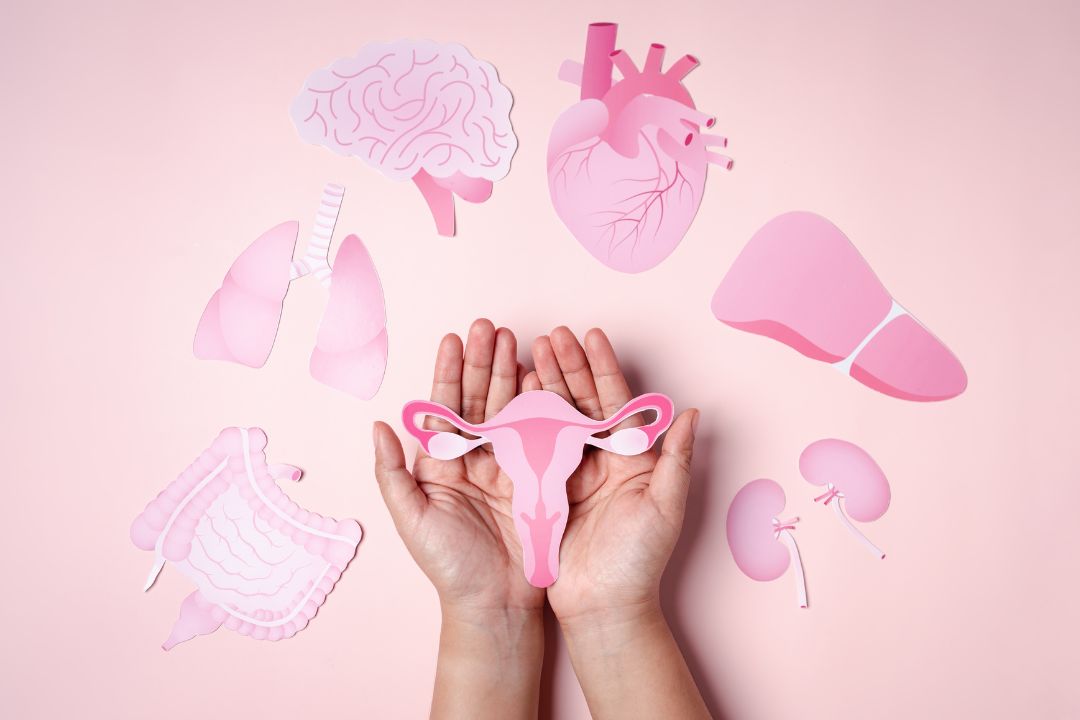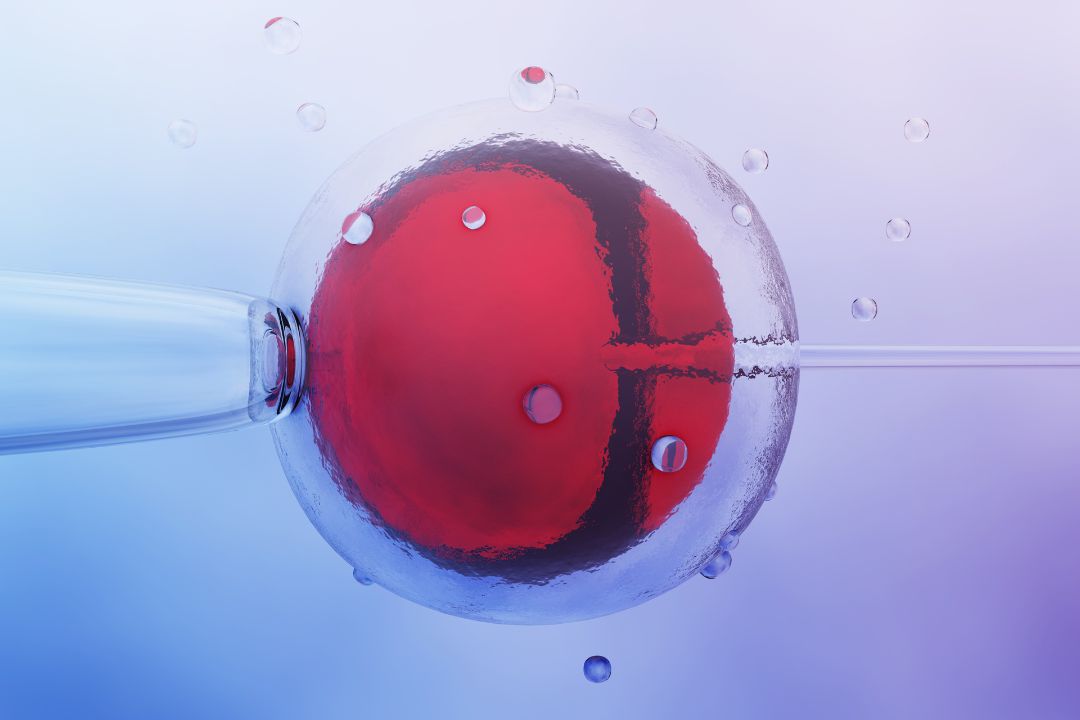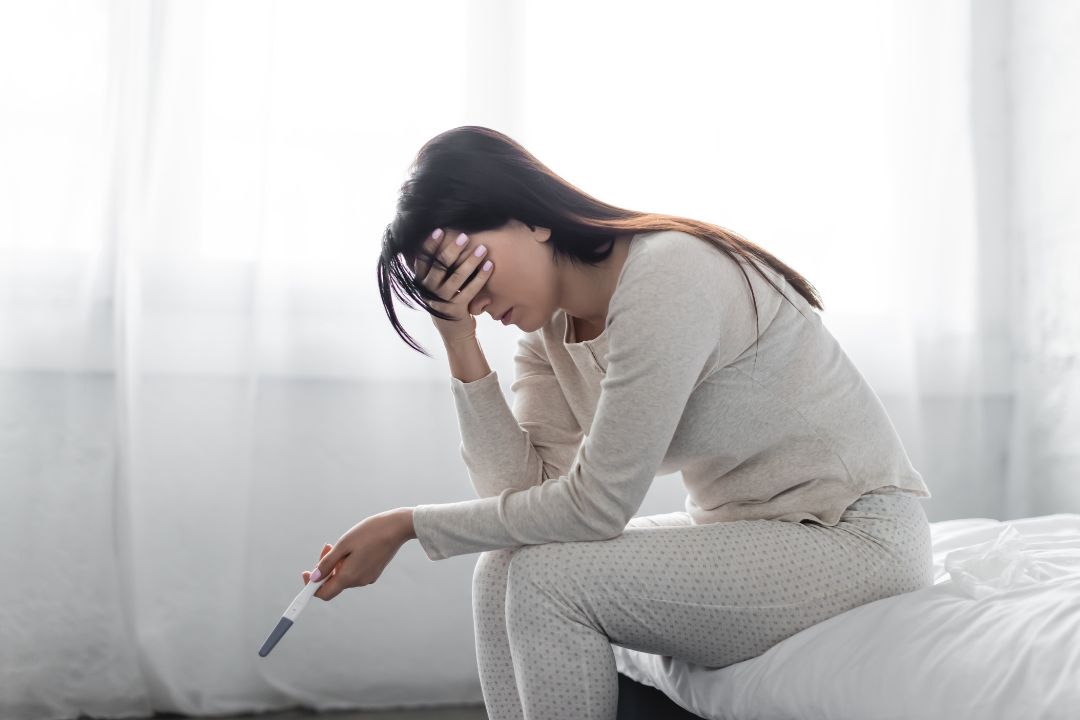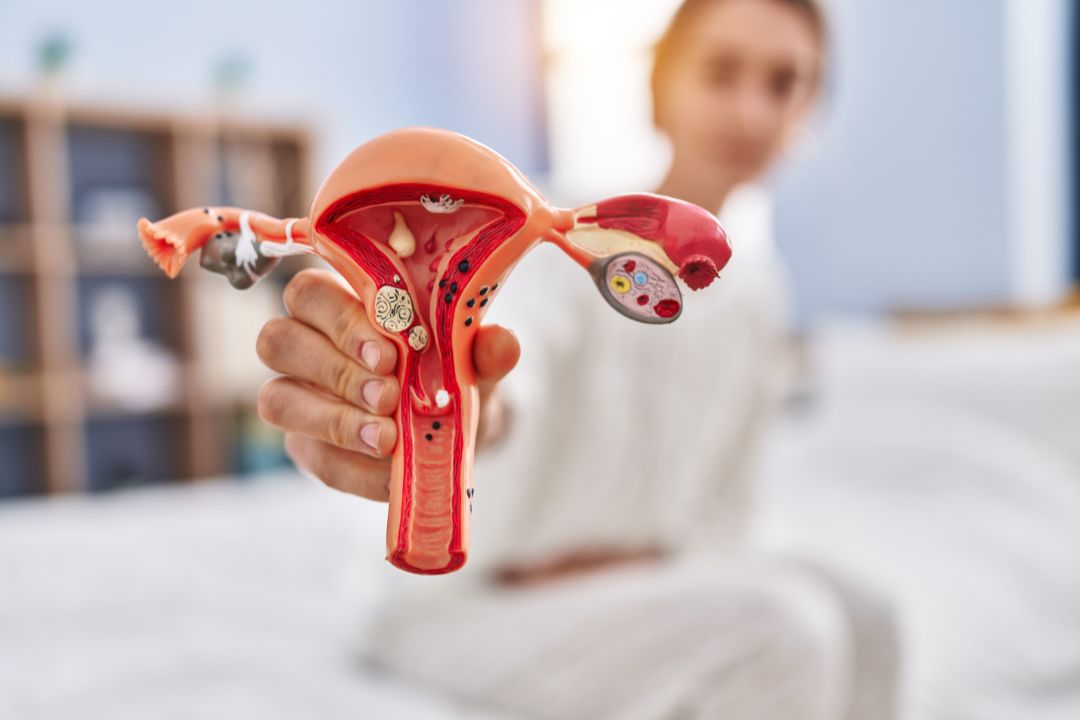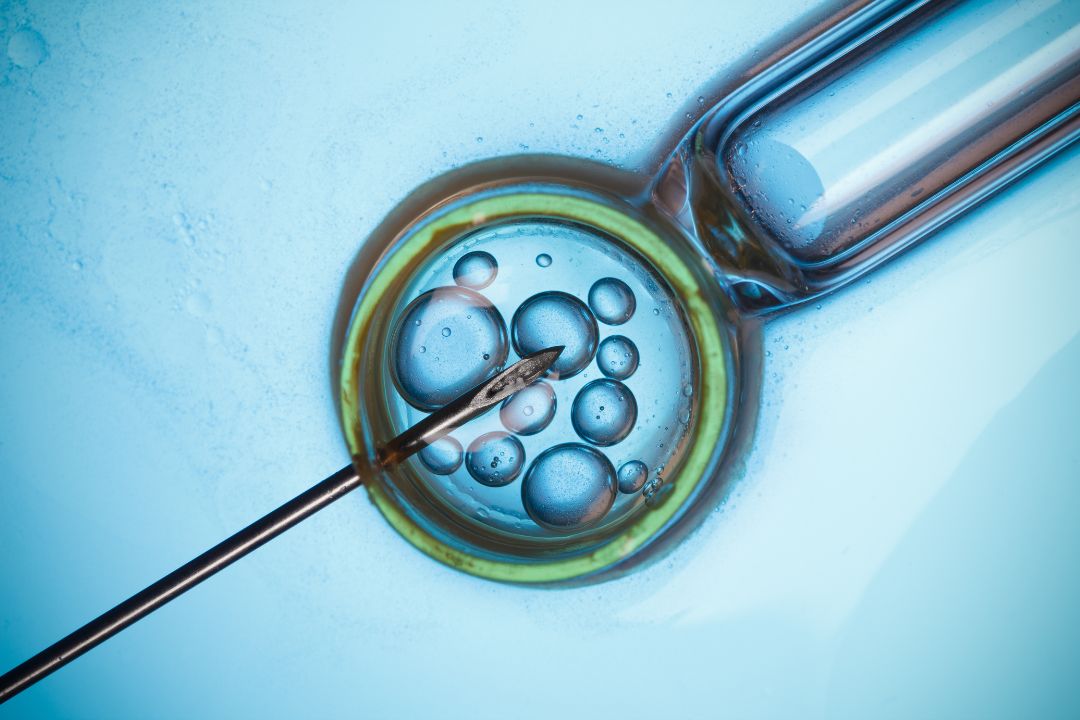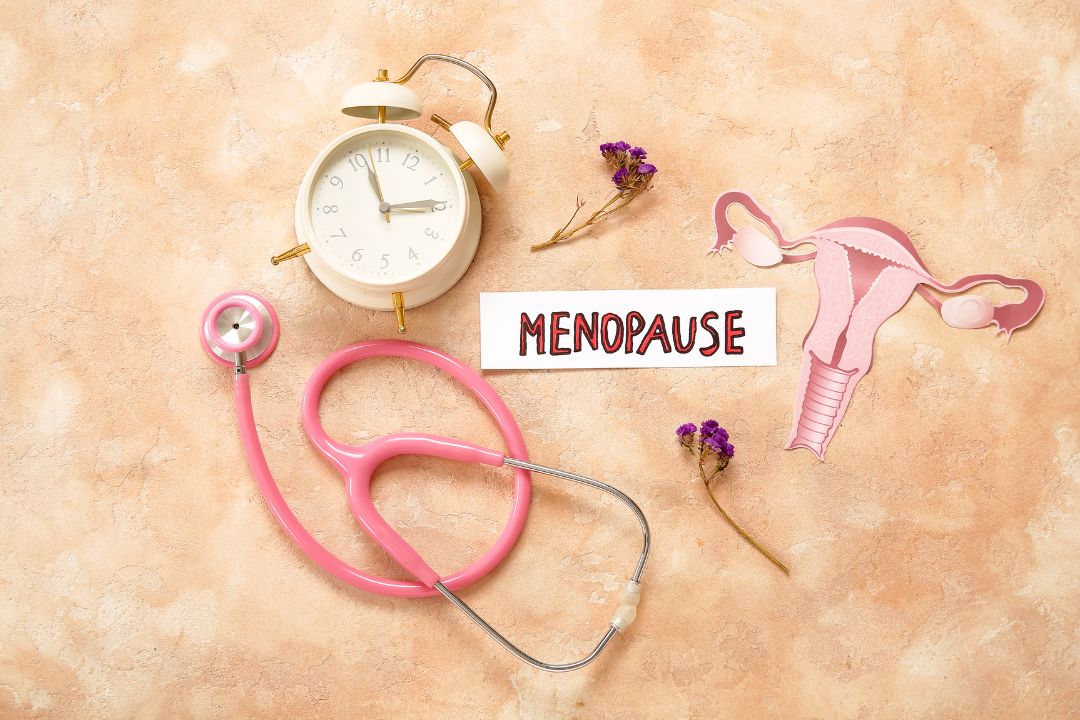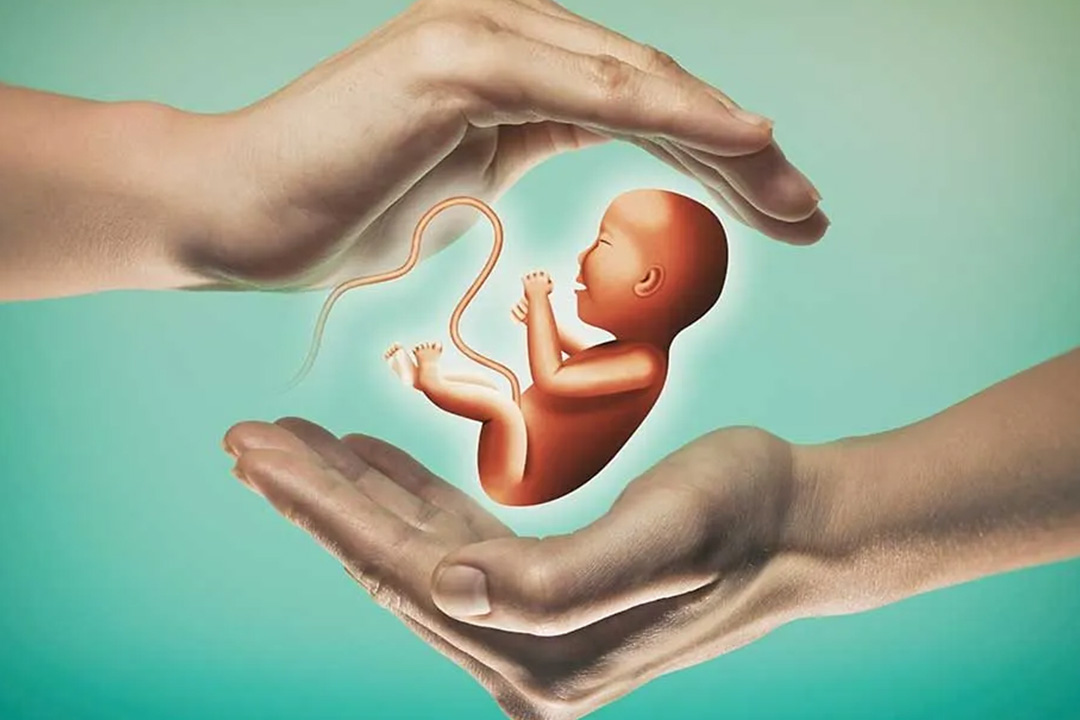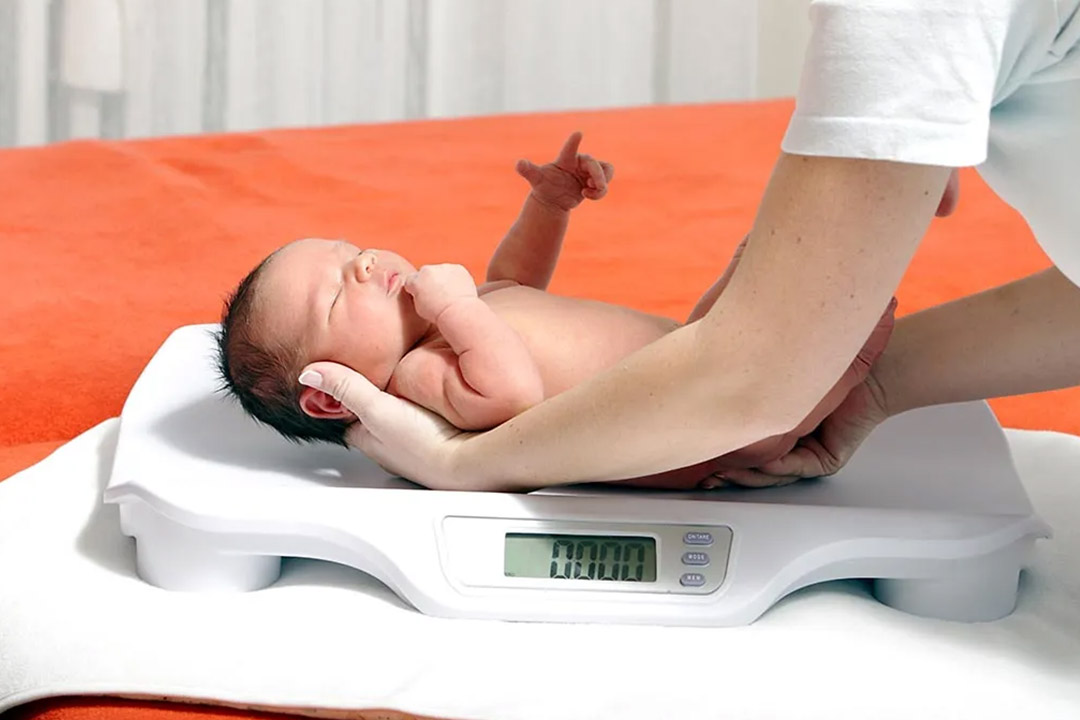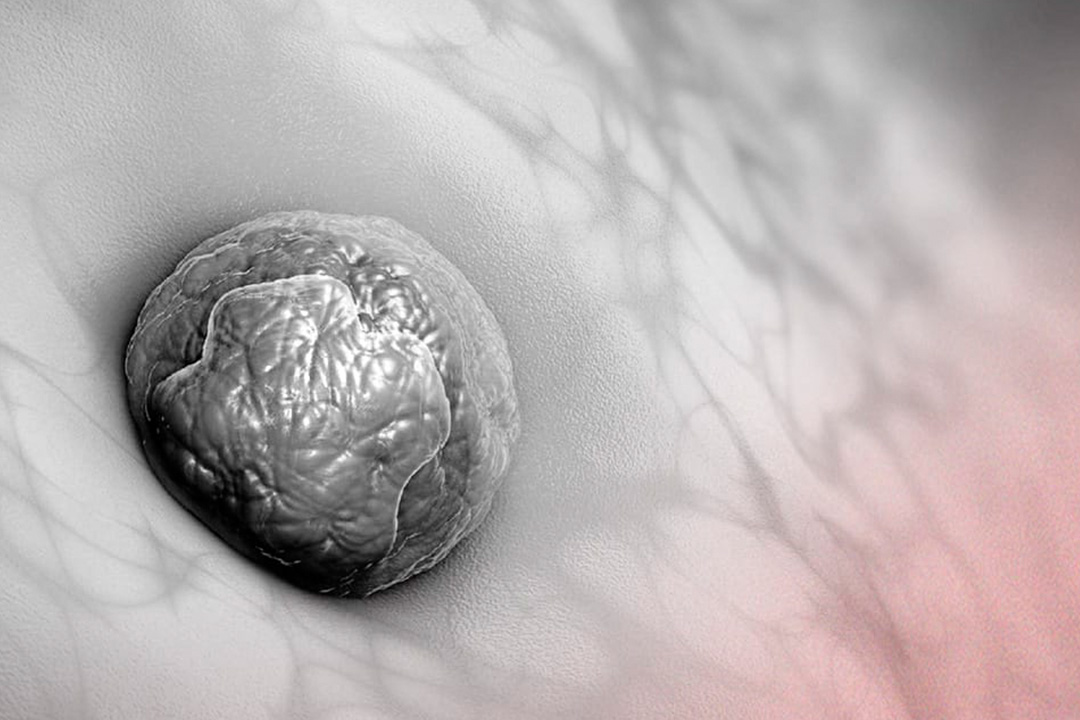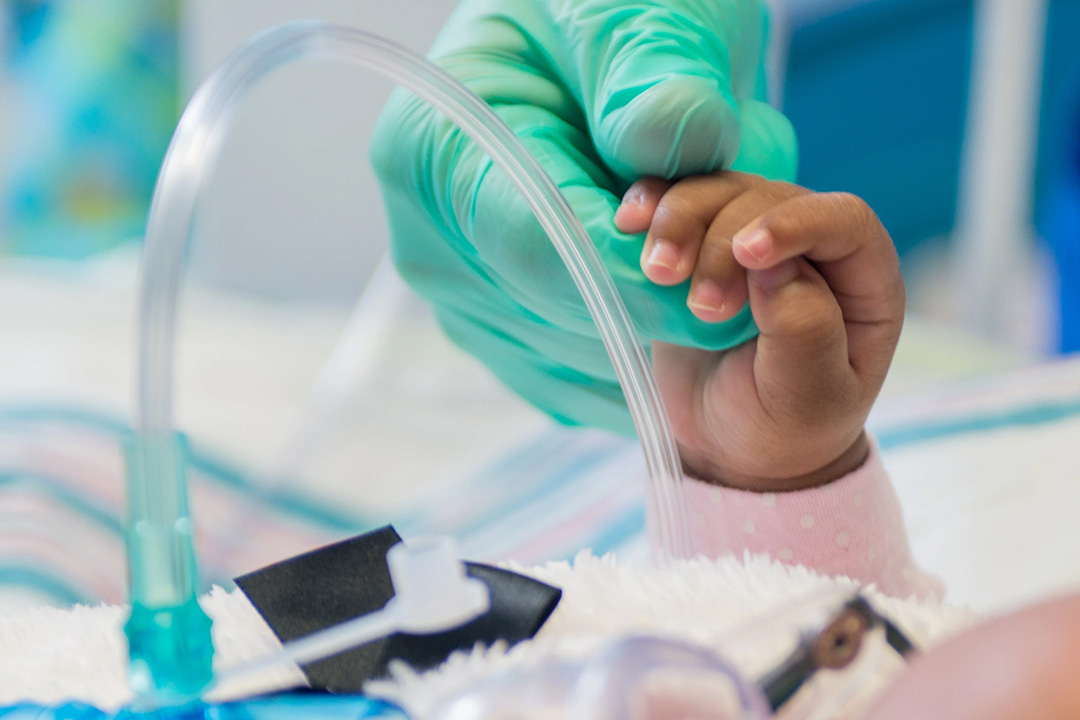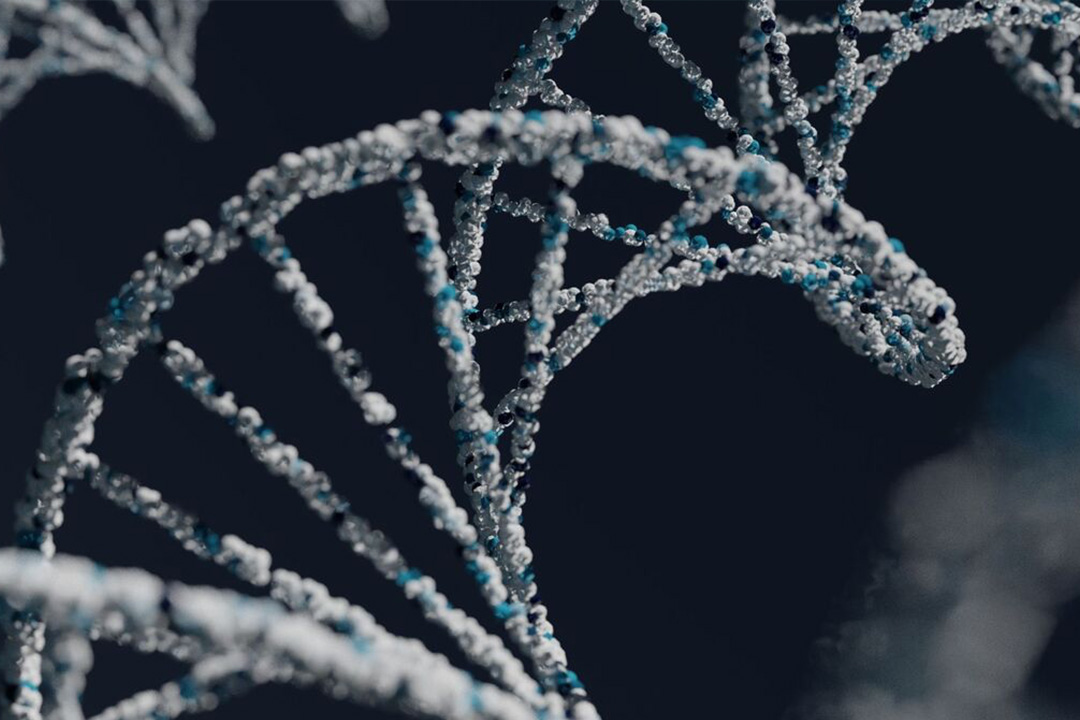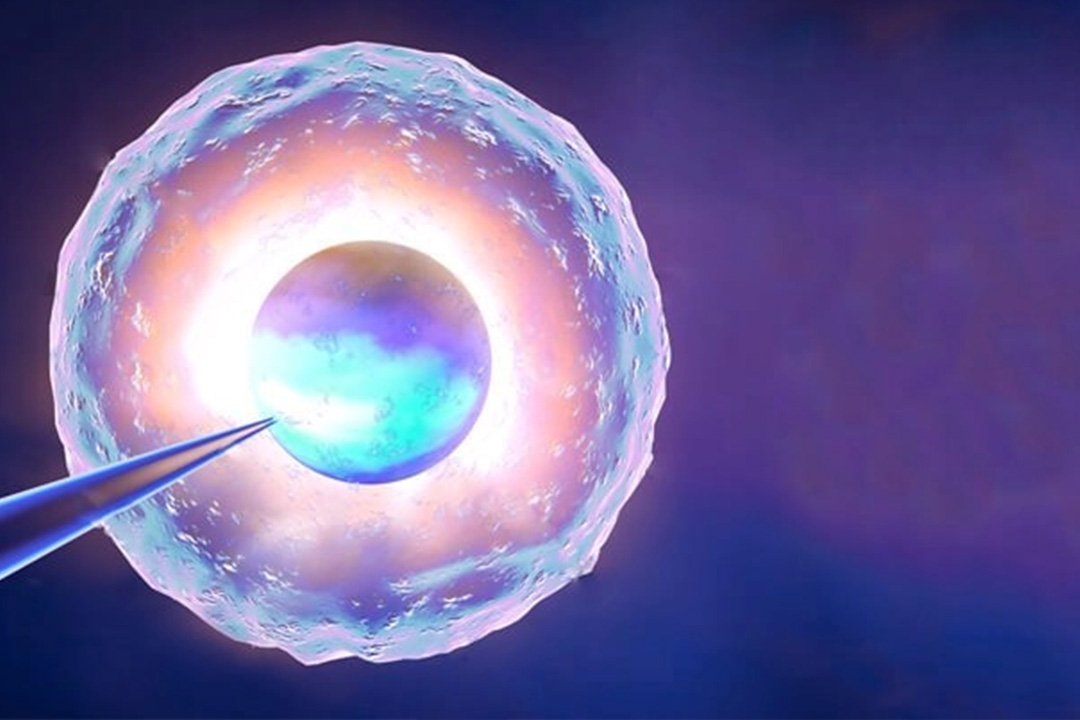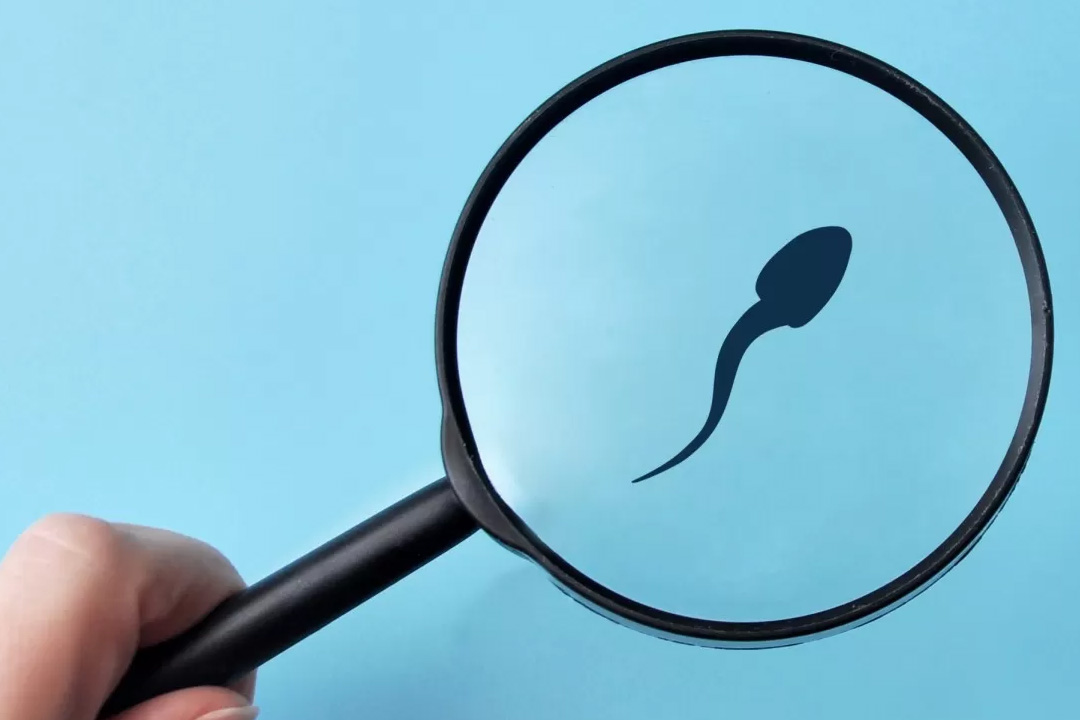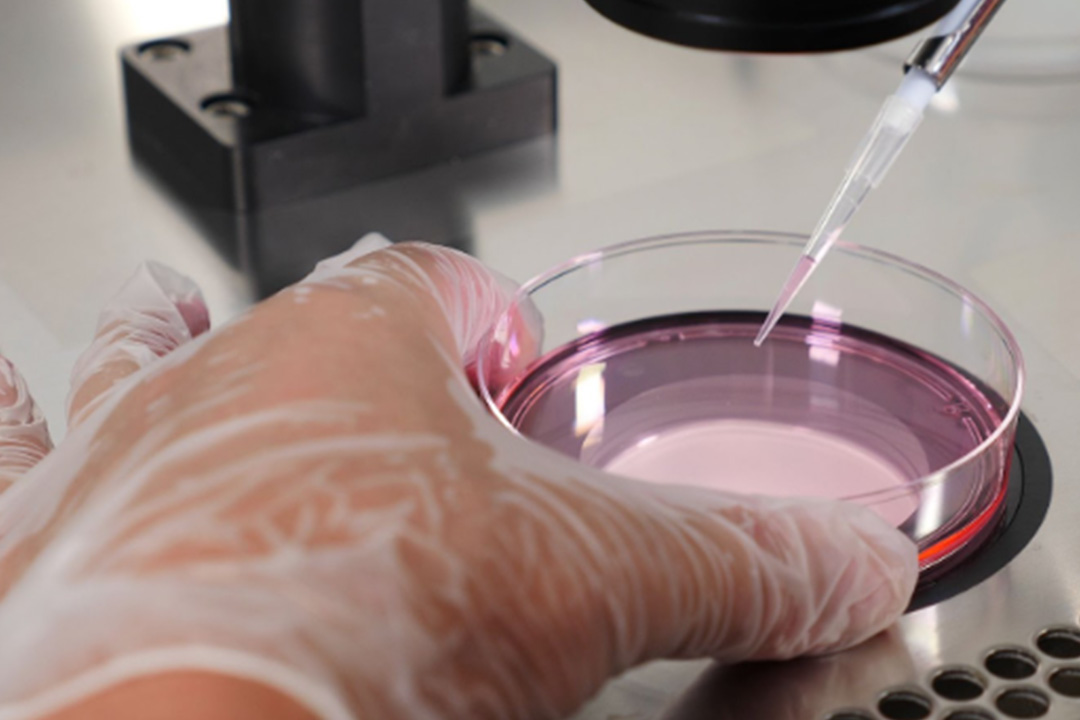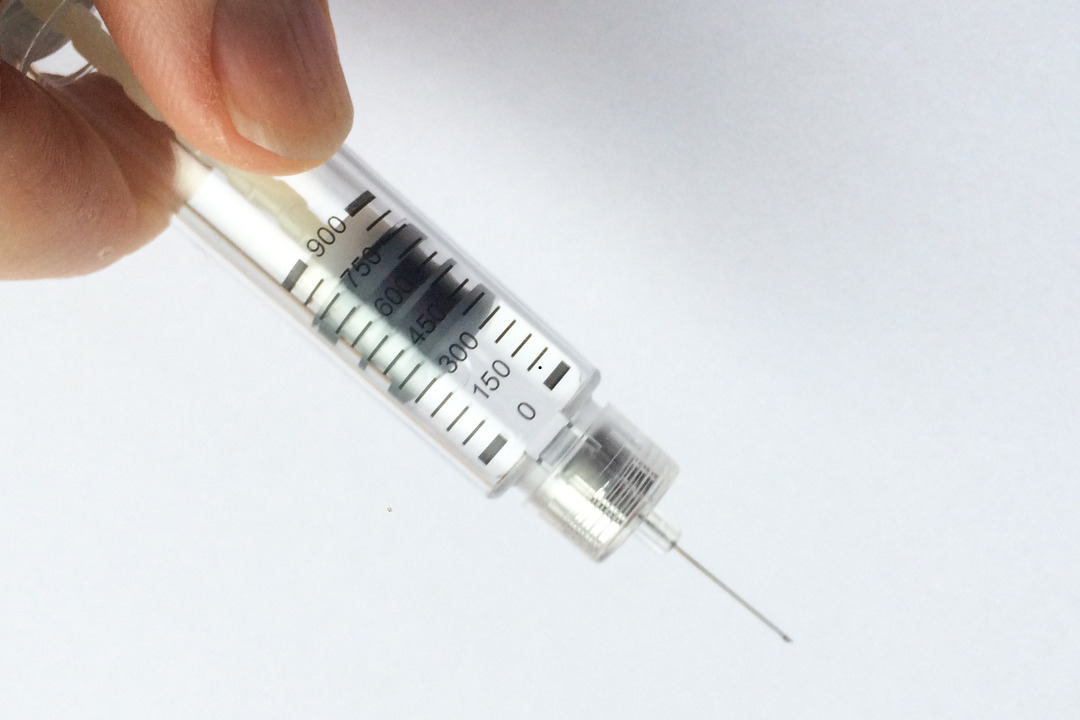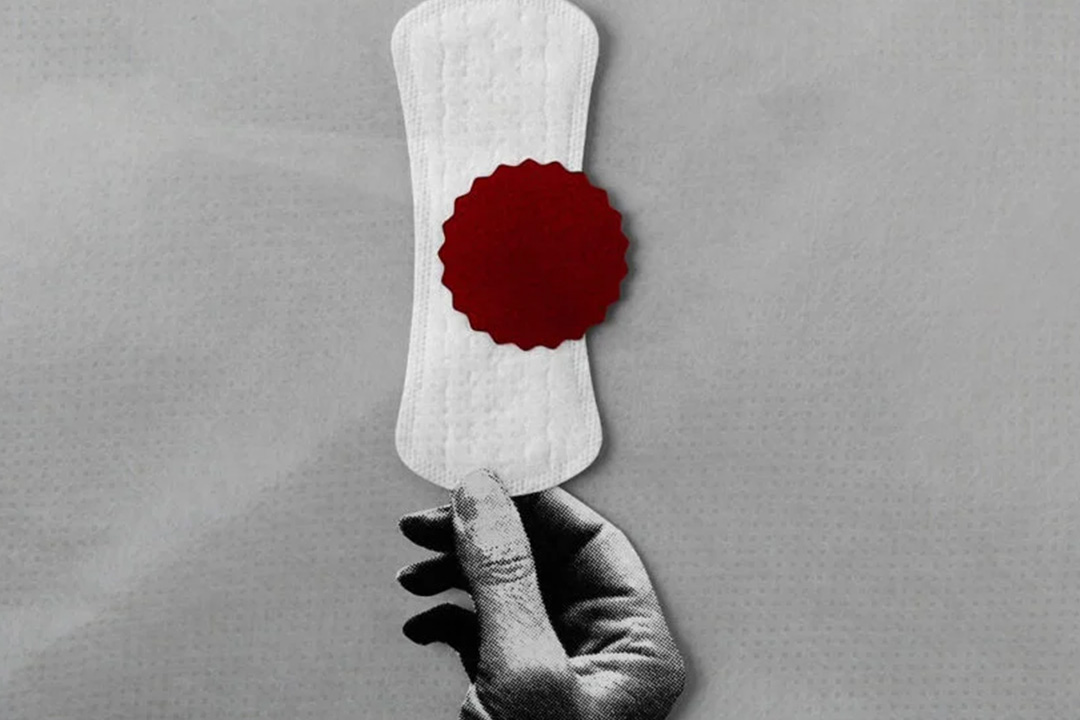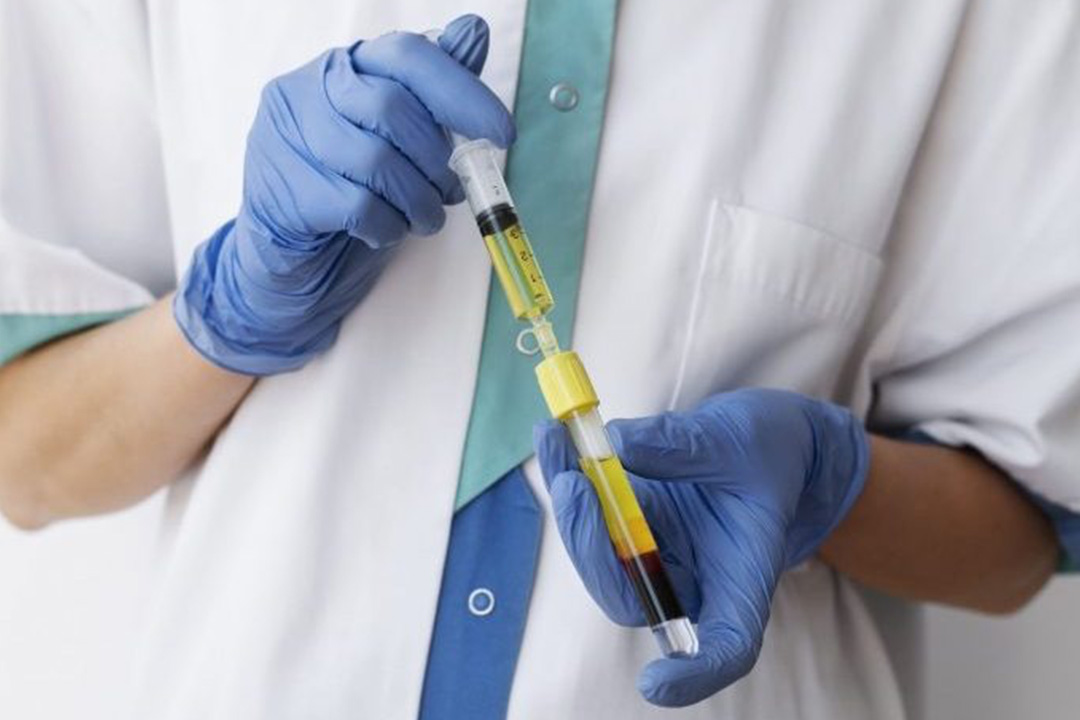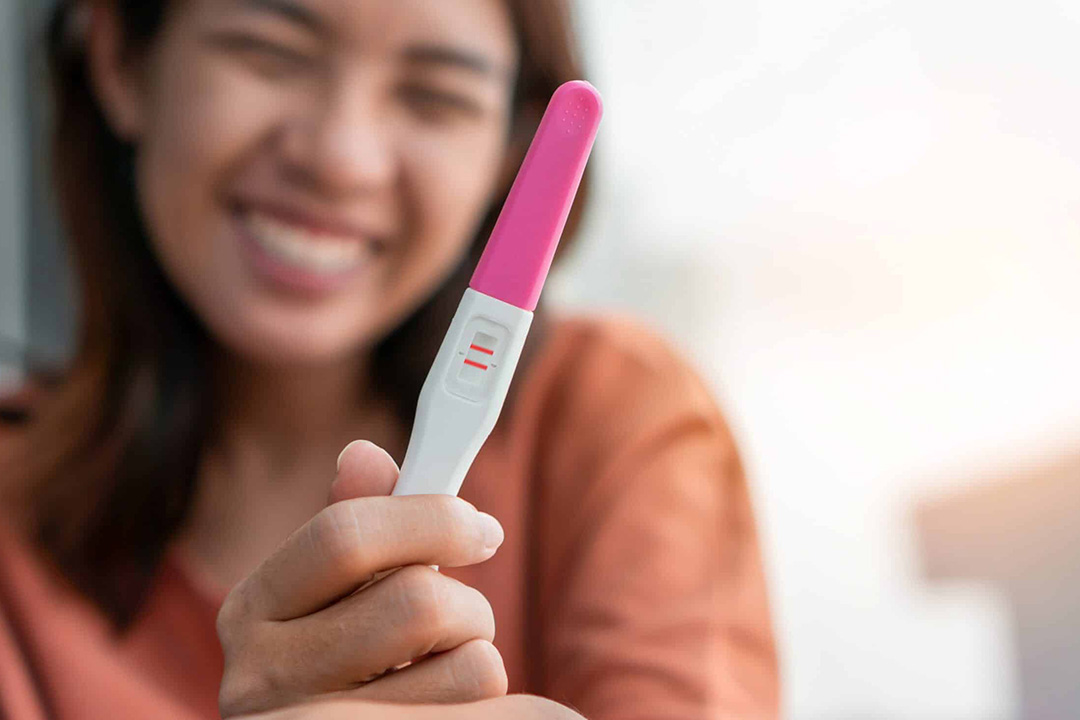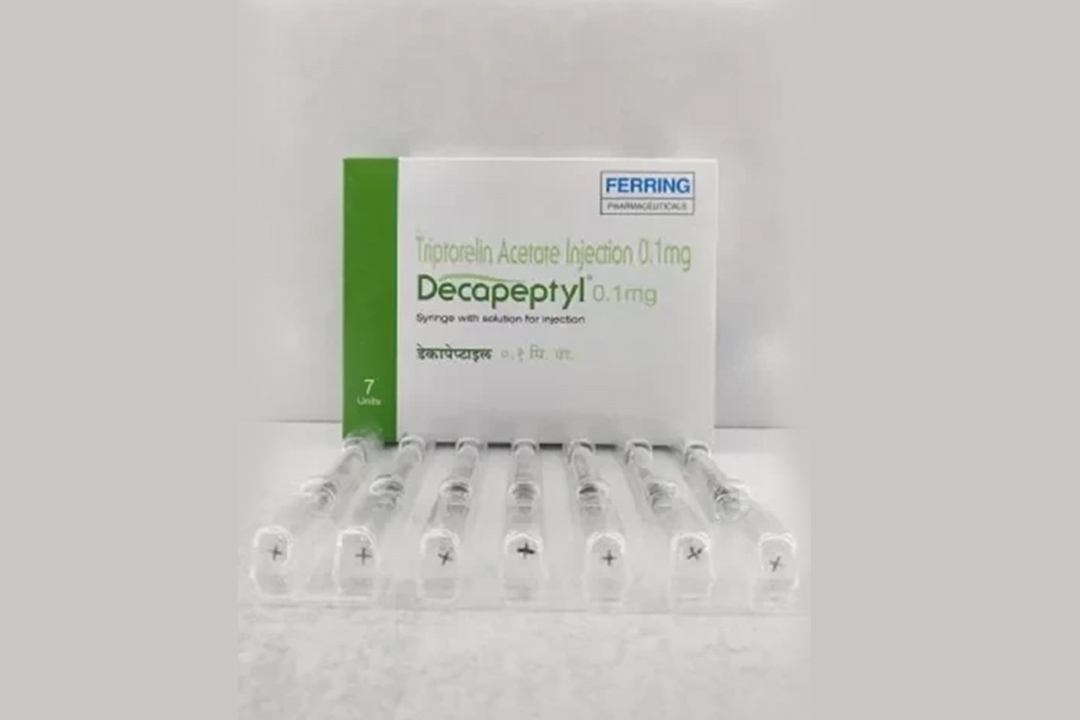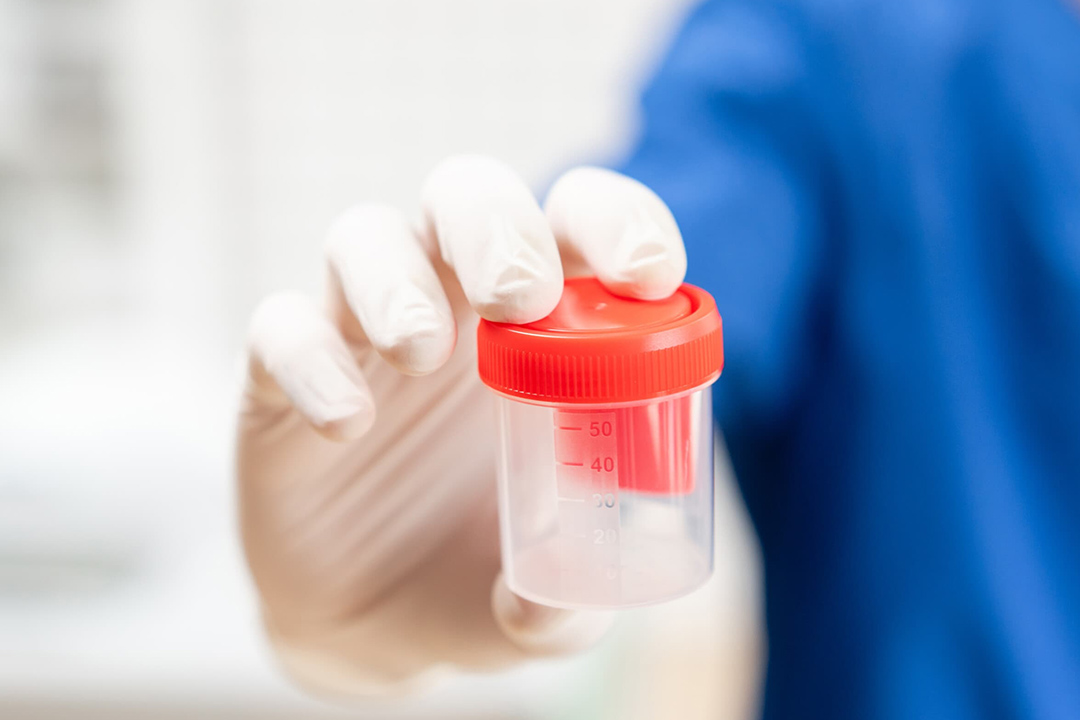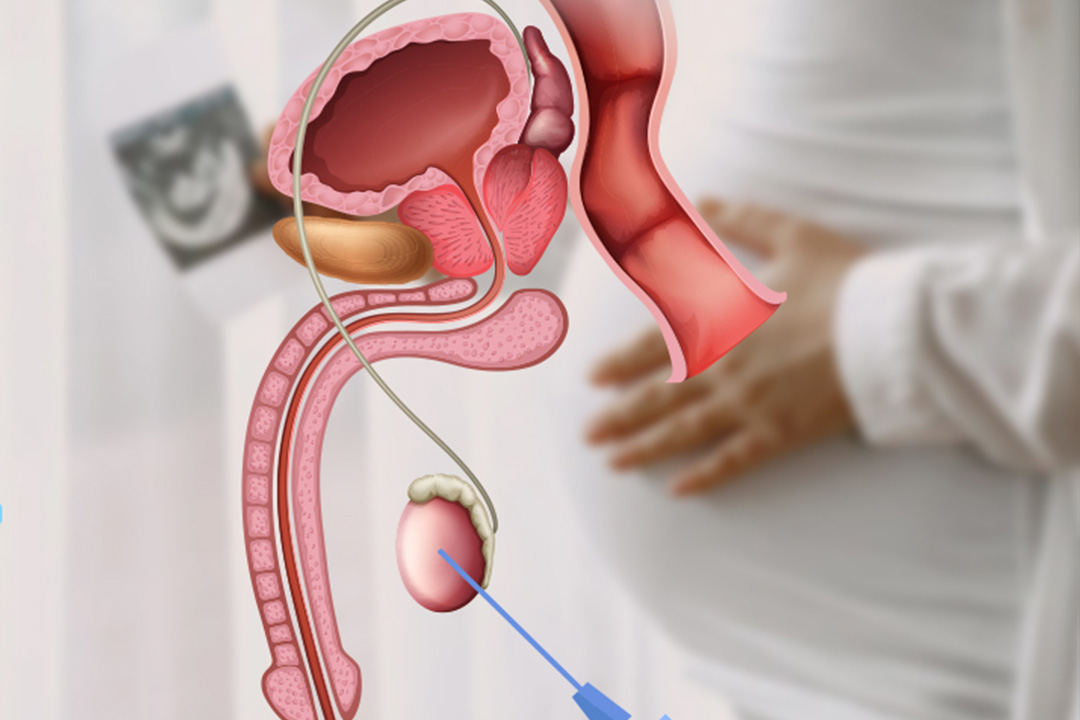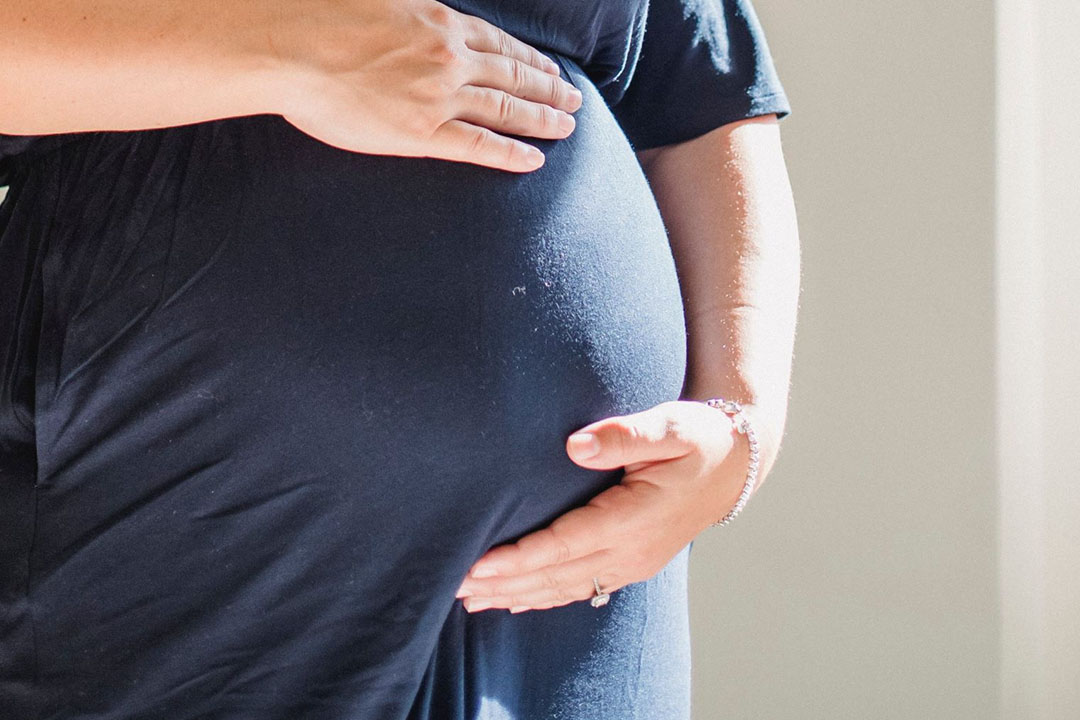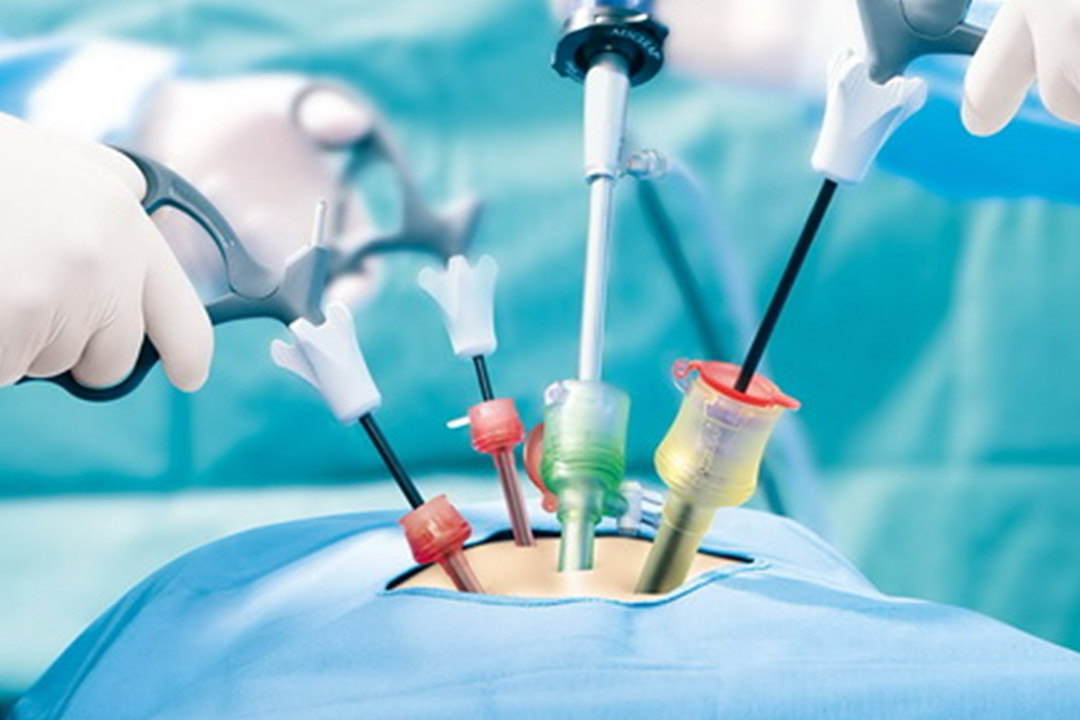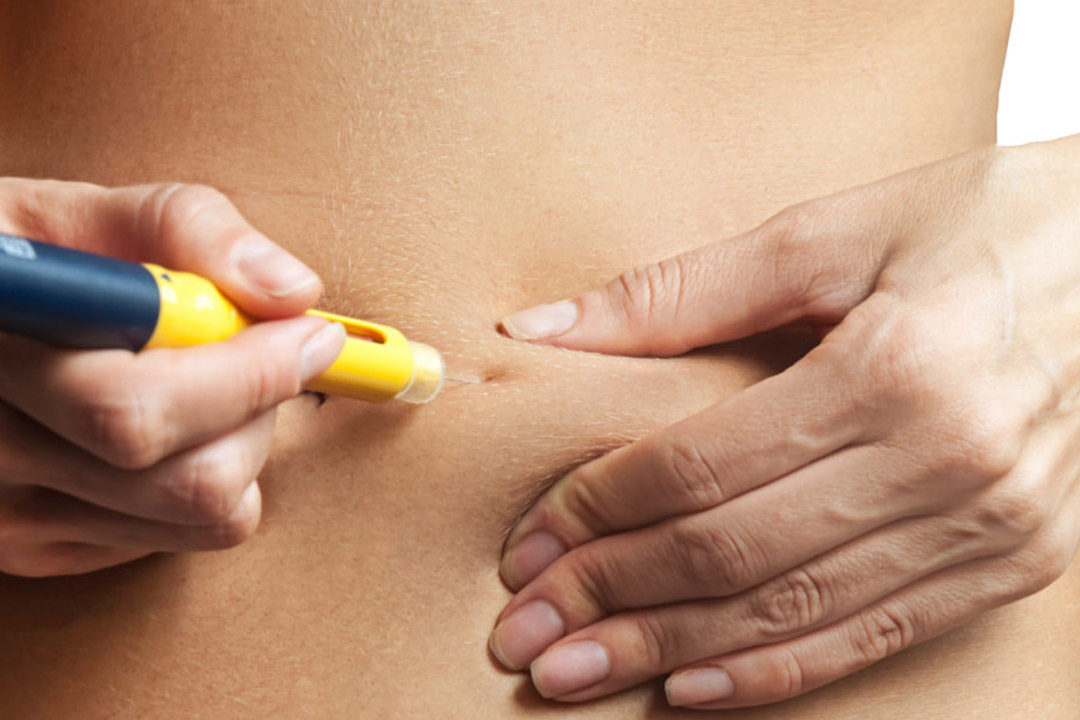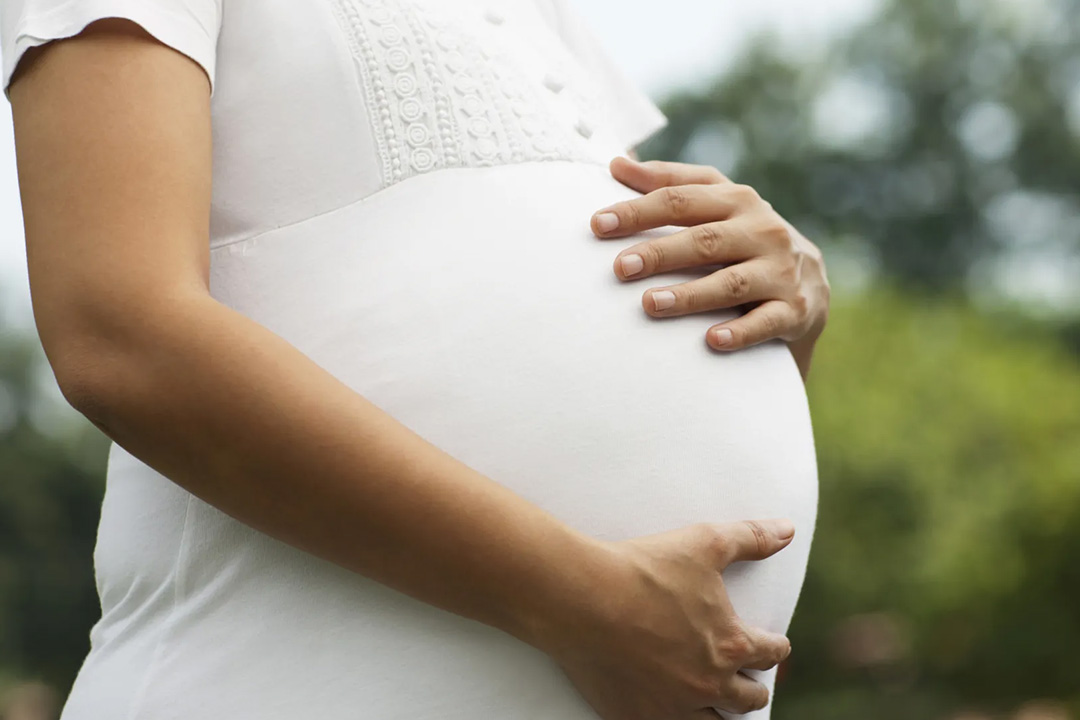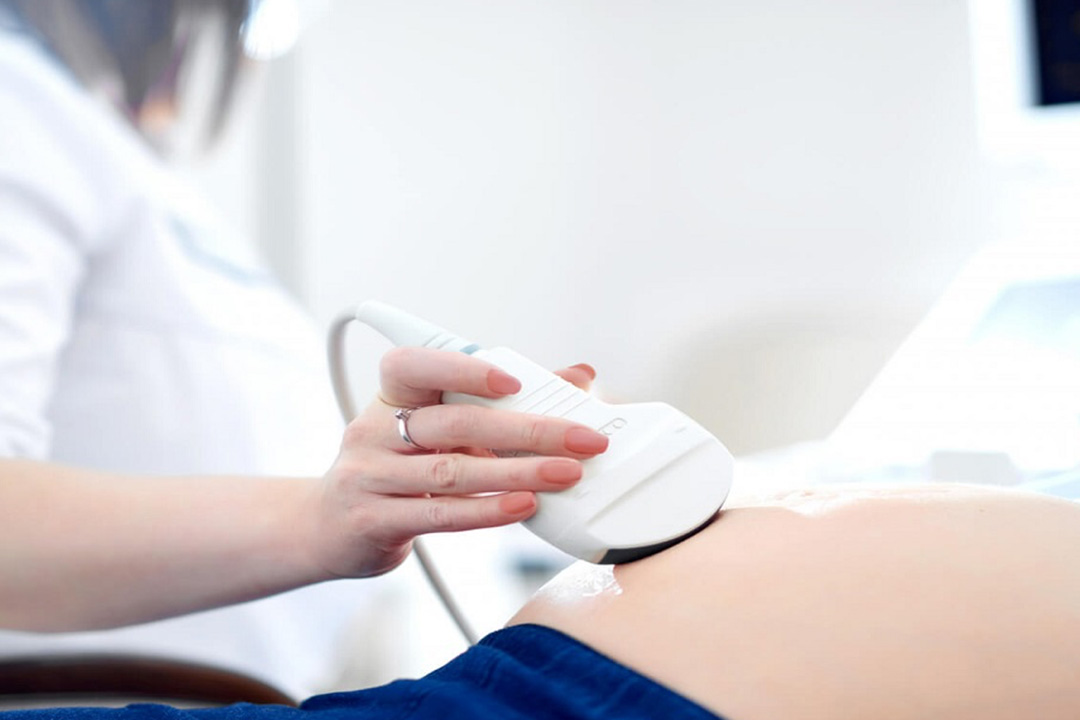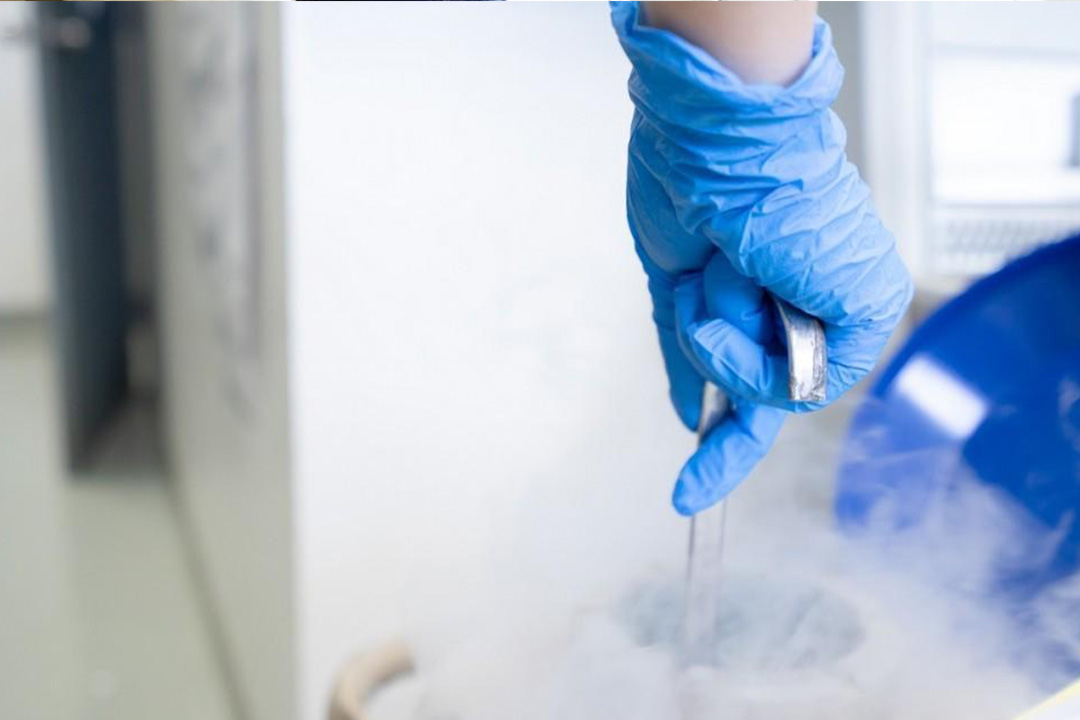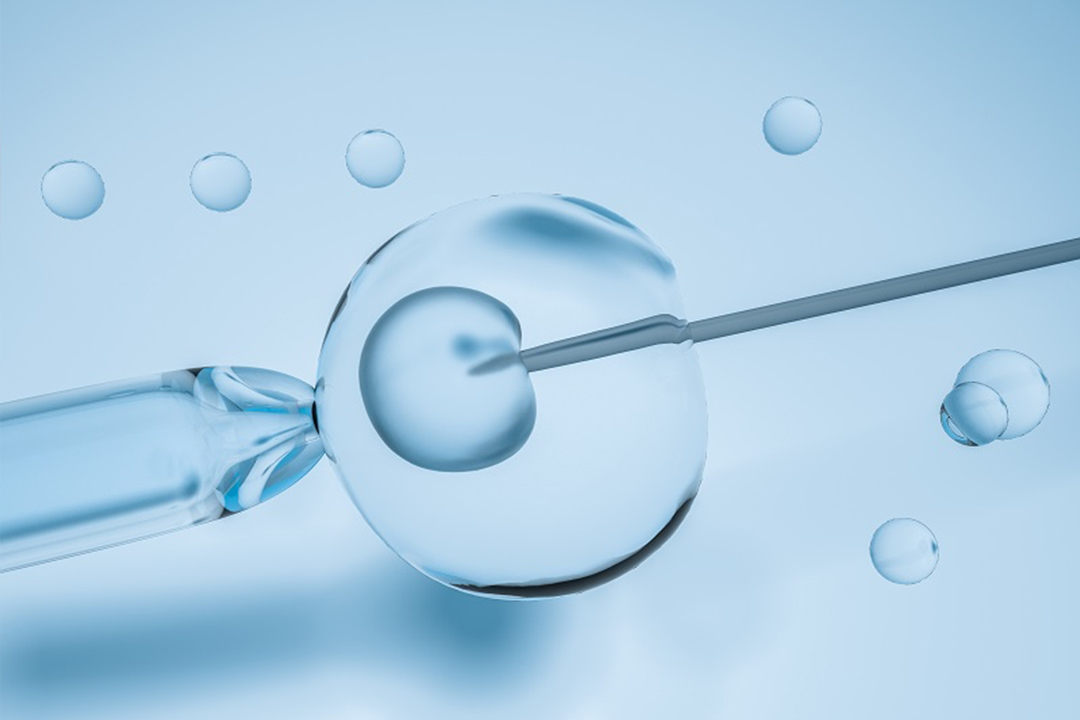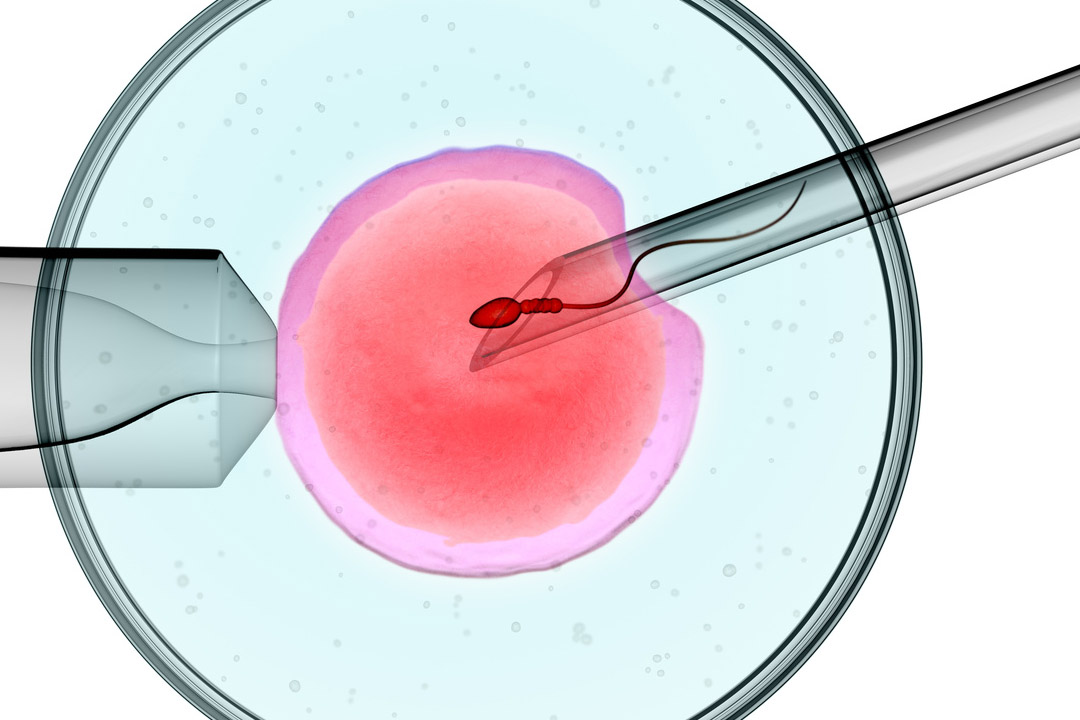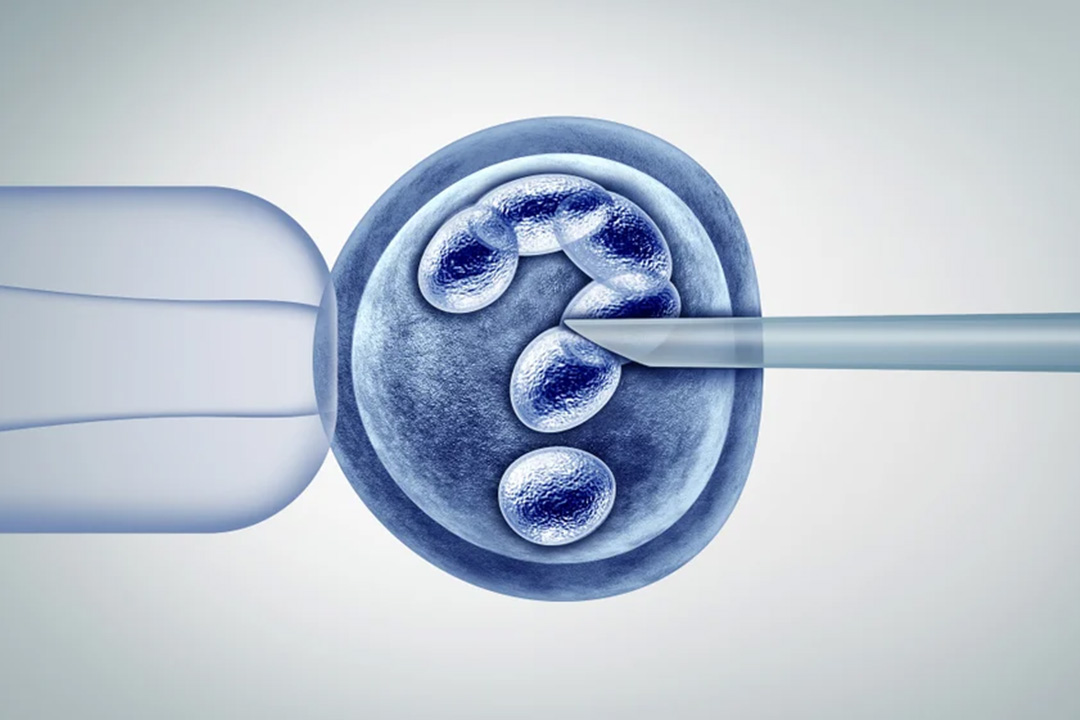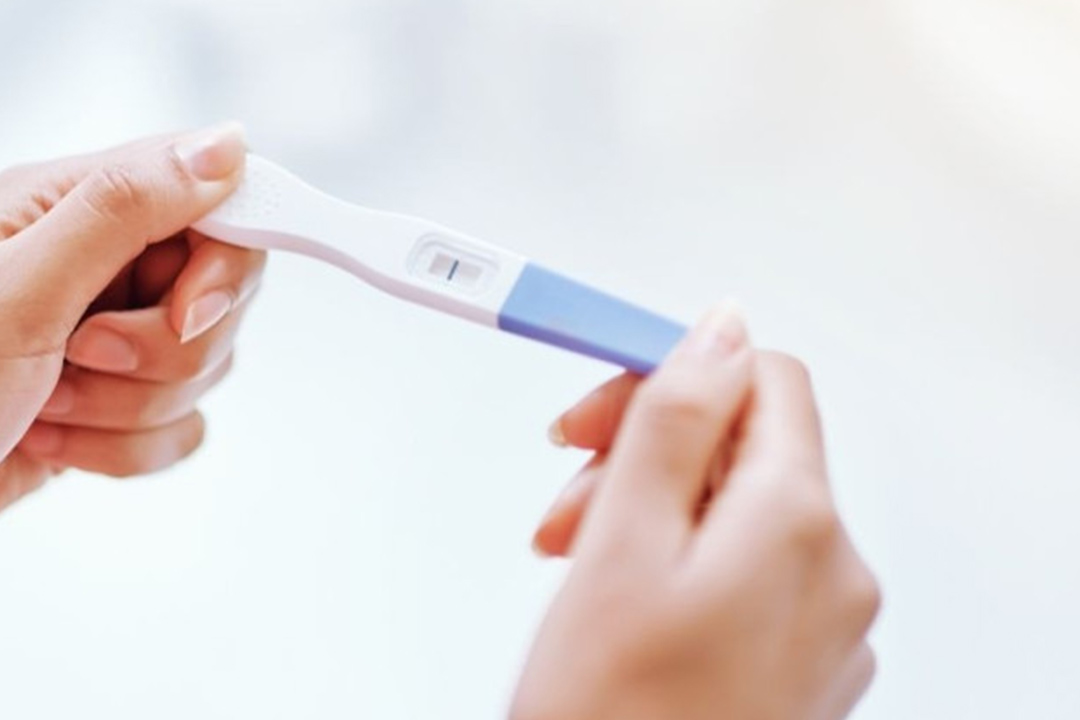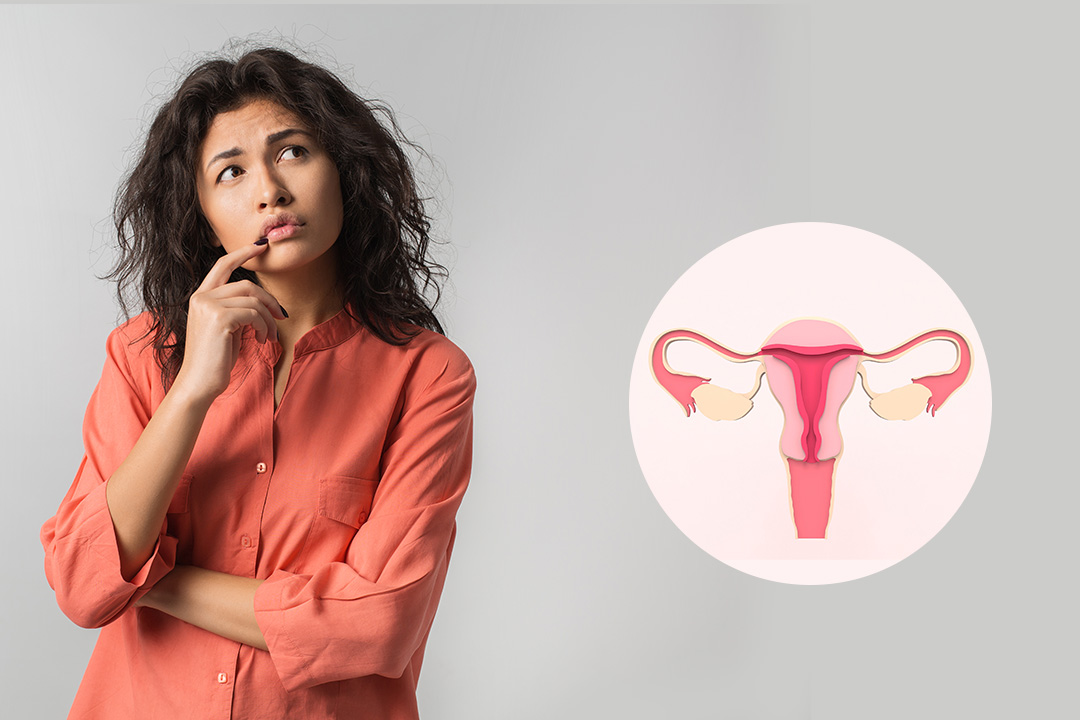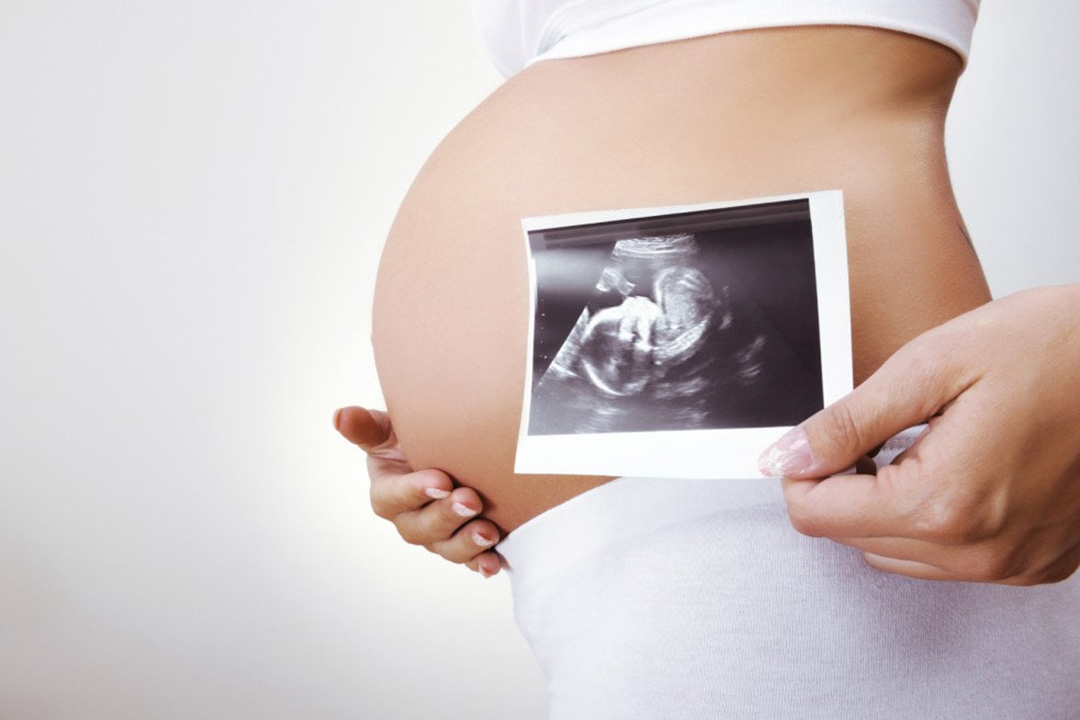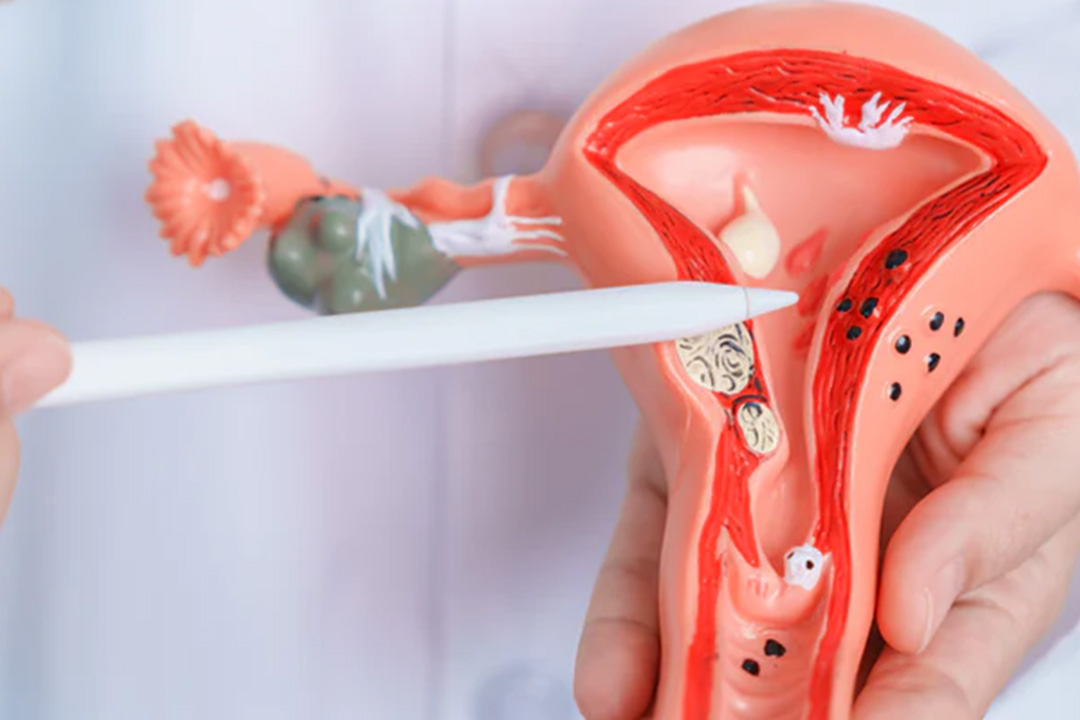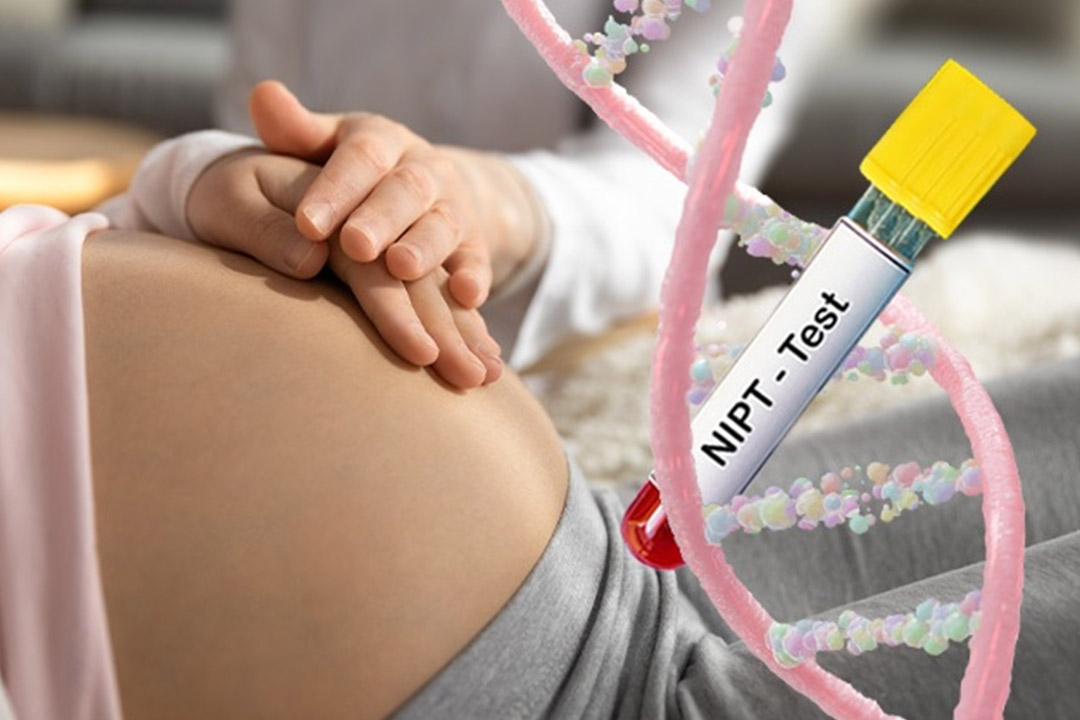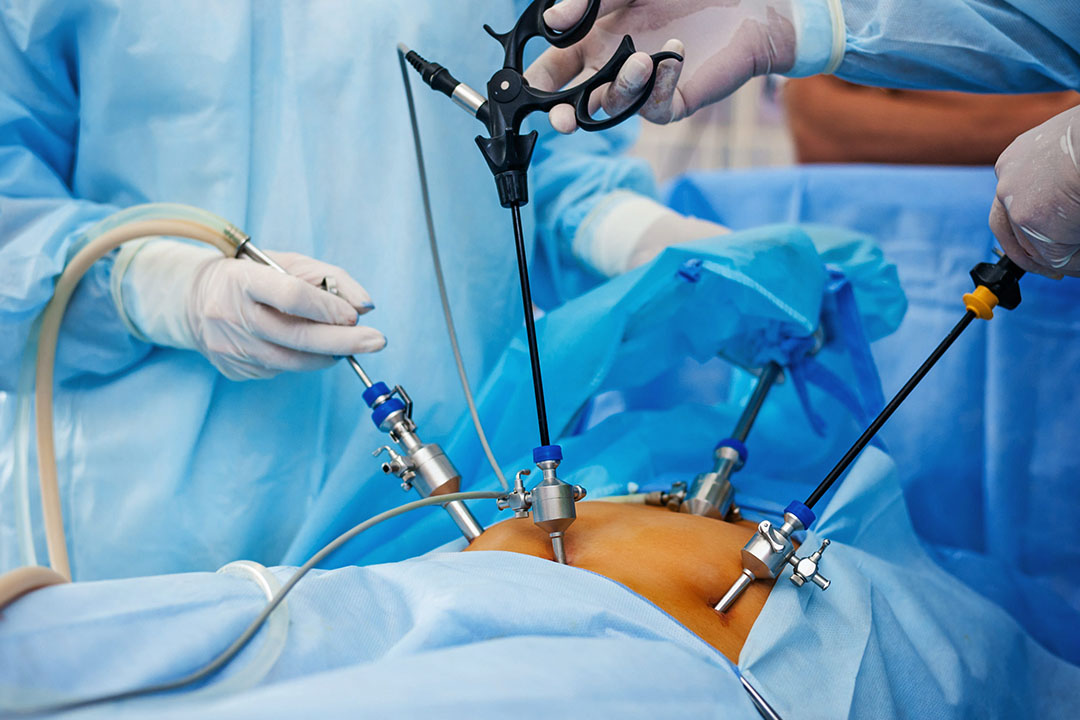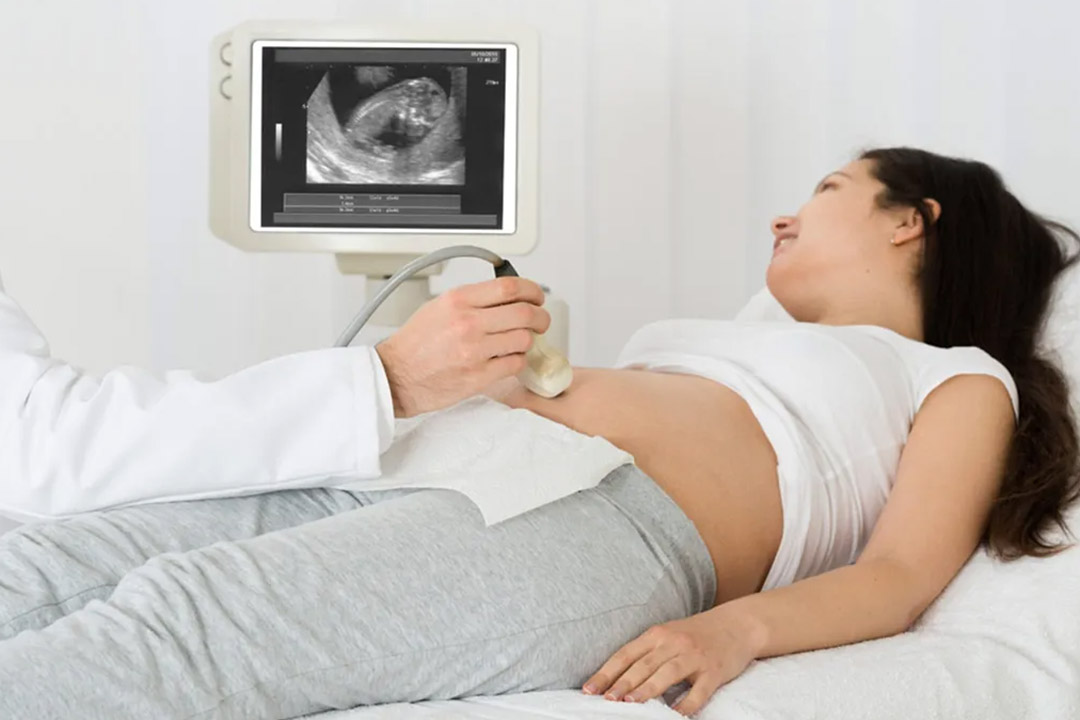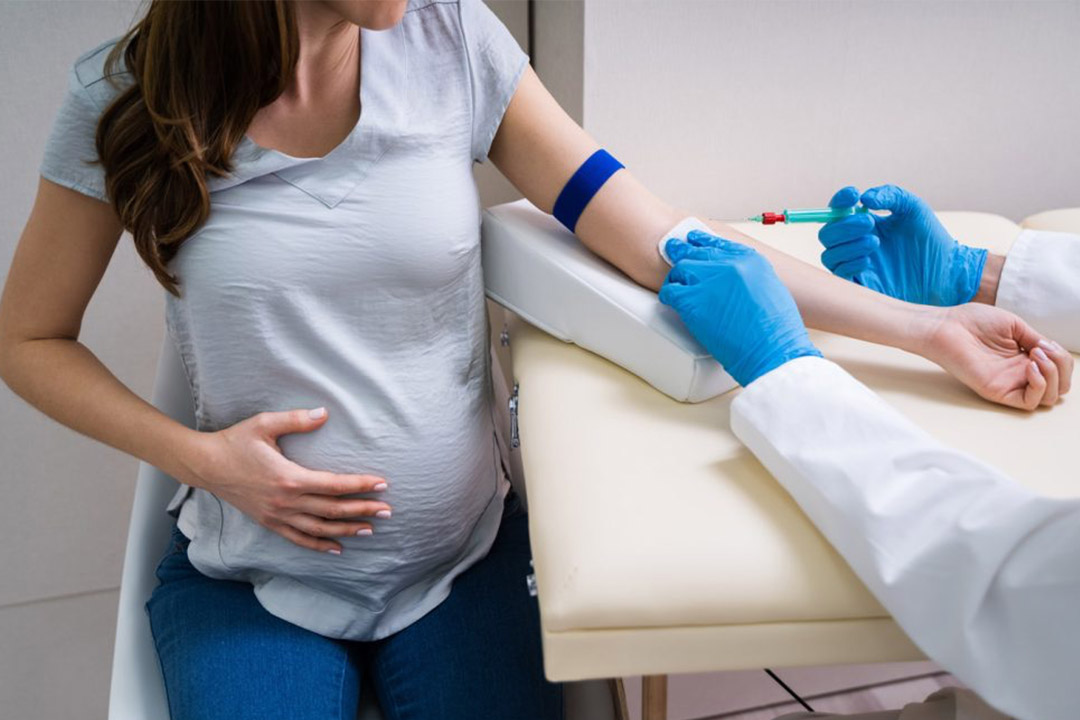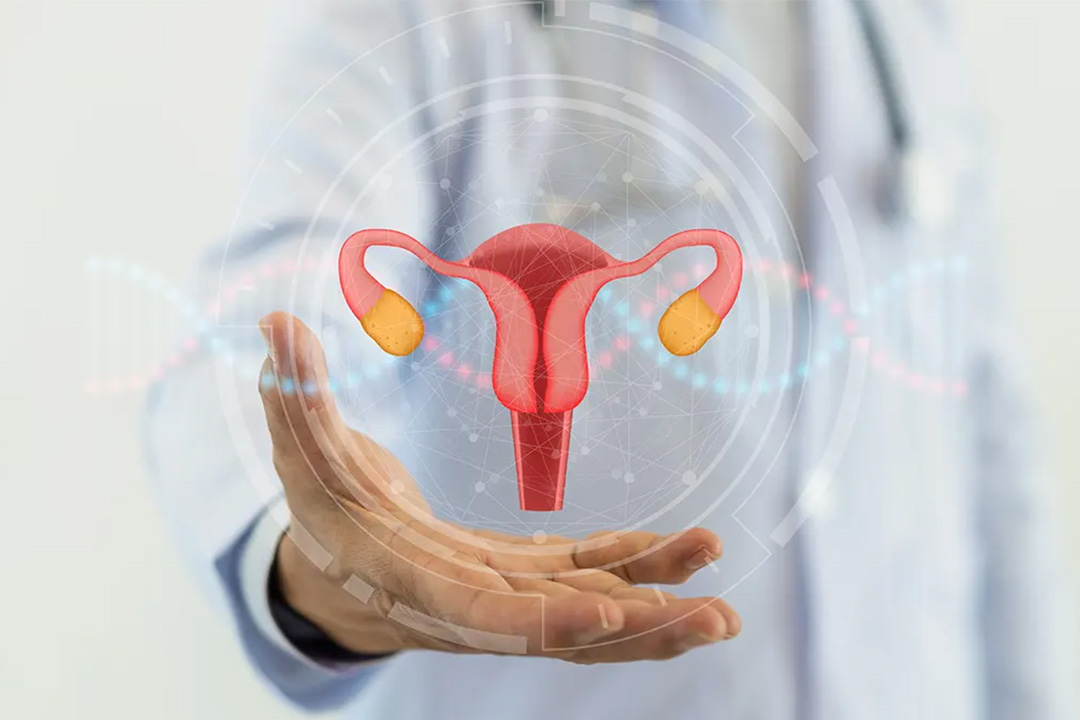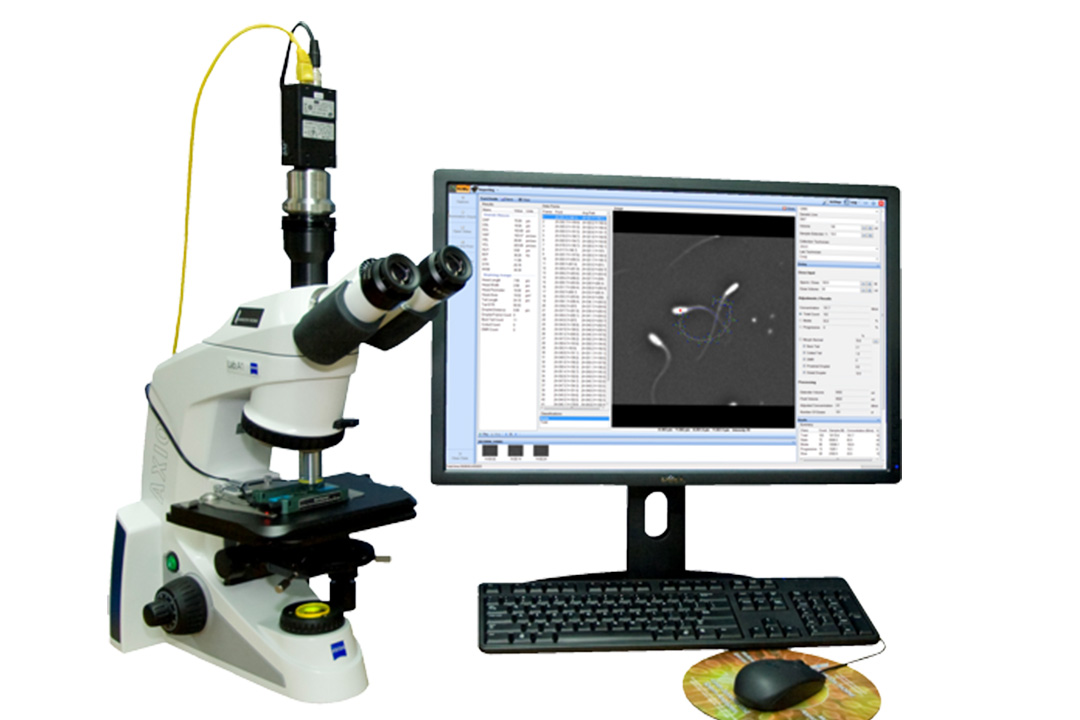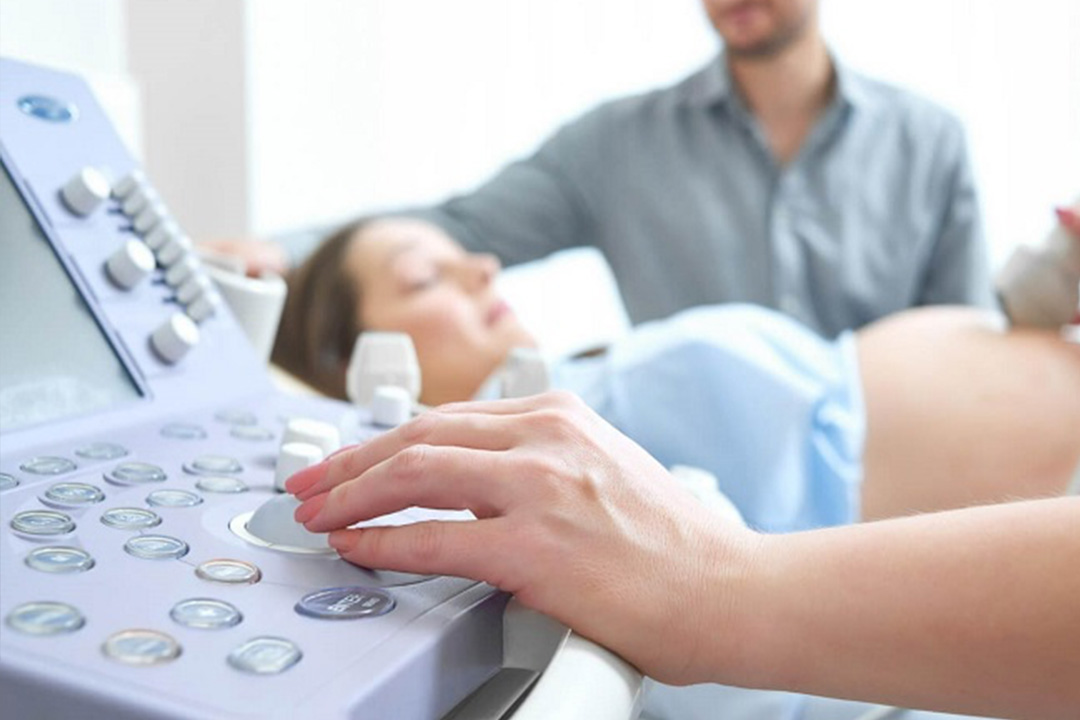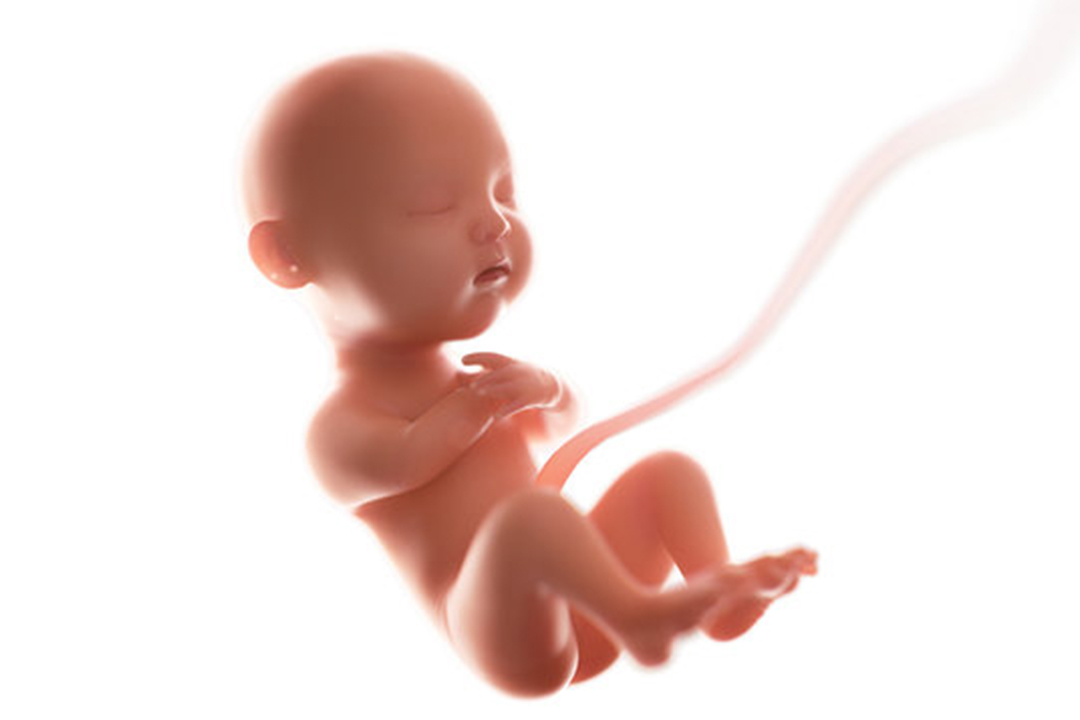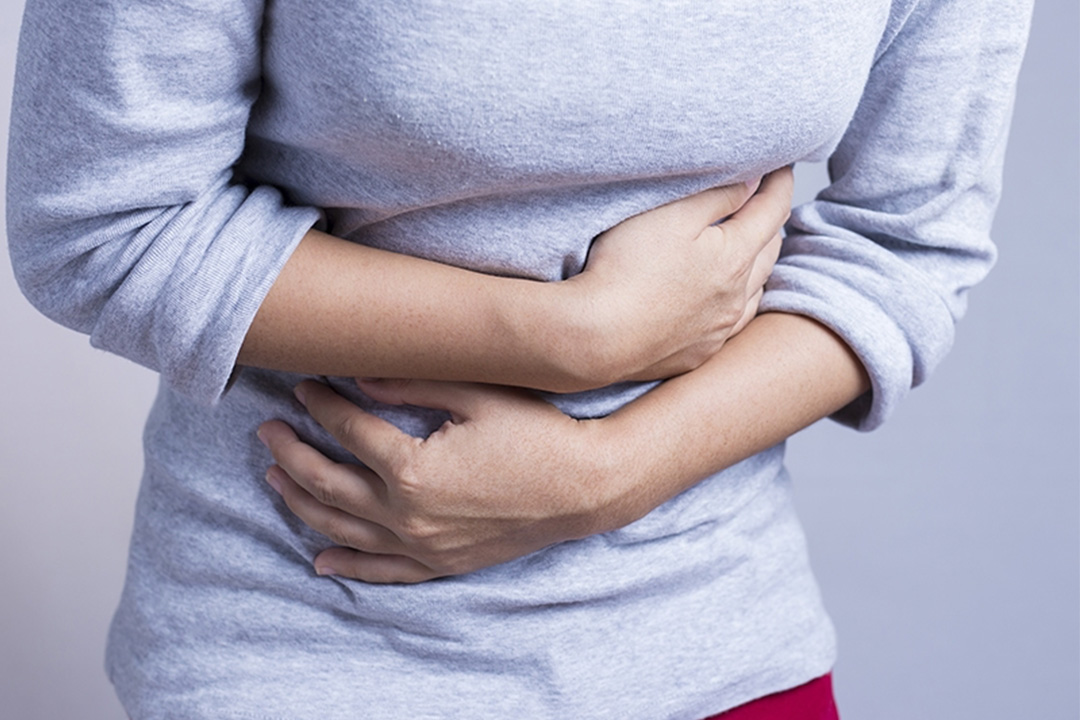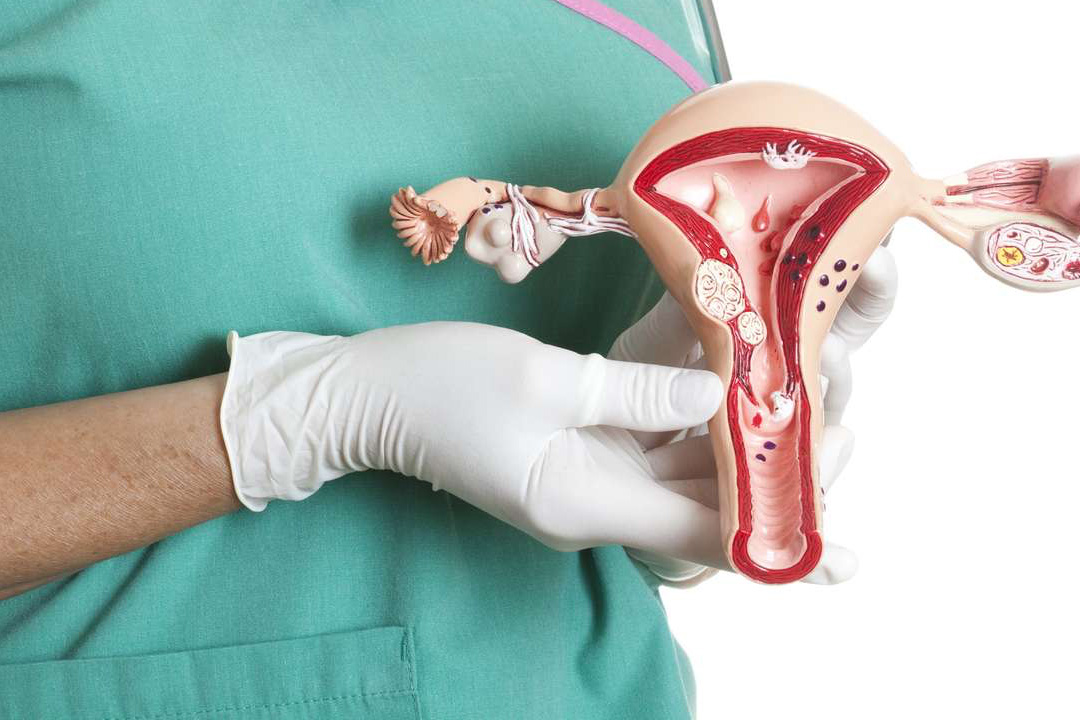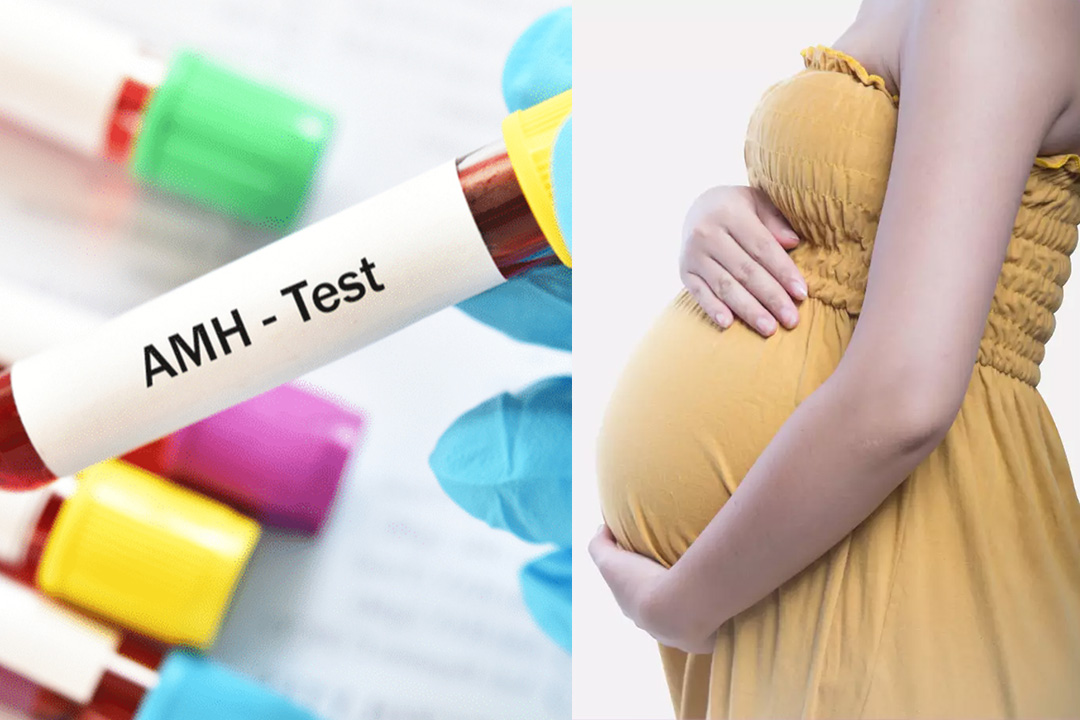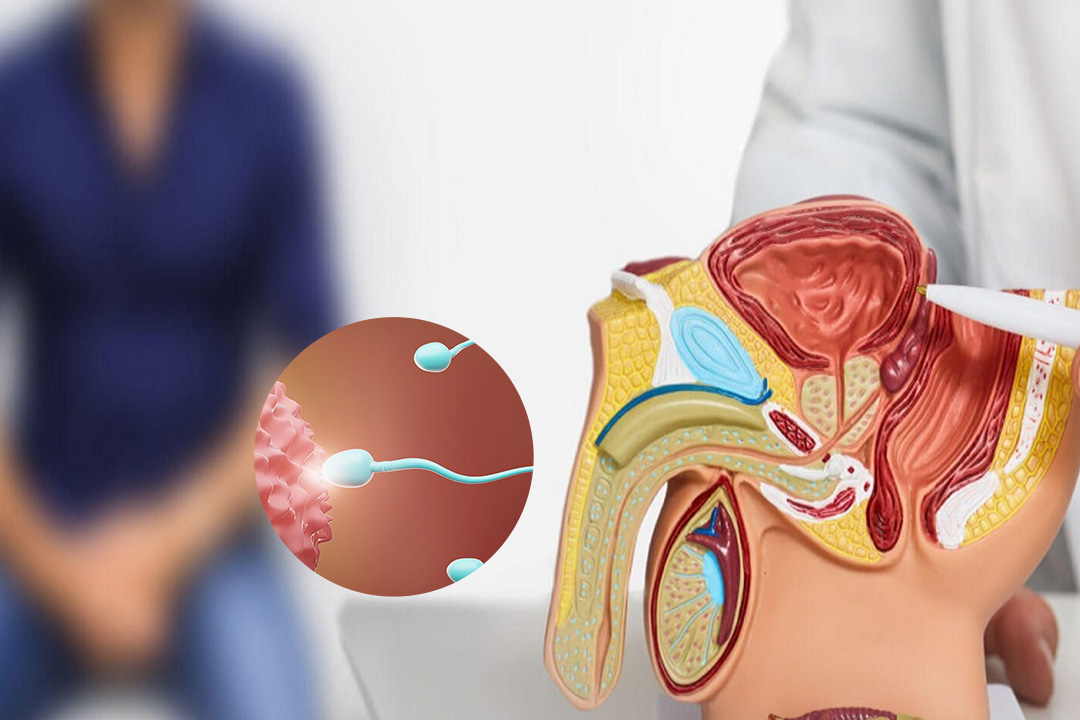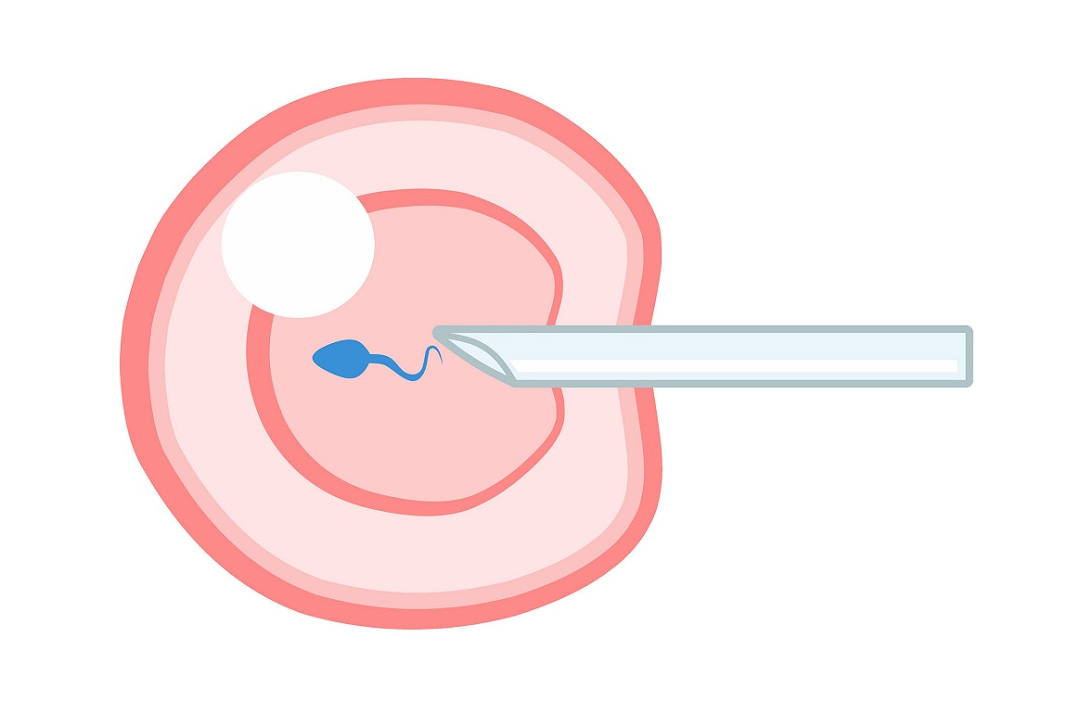PCOD and PCOS: Causes, Symptoms, Differences and Treatment
Polycystic ovarian syndrome (PCOS) and polycystic ovarian disease (PCOD) are two terms that one might hear used when discussing hormonal imbalances affecting women during their reproductive years. Although they are often spoken about as if they’re the same, they do have slightly different focuses.
In this article, we break down what these conditions are, what causes them, the symptoms you might notice, the differences between PCOS and PCOD, and the various treatment options available.
What Are PCOS and PCOD?
At its core, PCOS is a condition in which the ovaries produce too much of certain hormones—especially androgens, commonly known as male hormones. This hormonal imbalance disrupts the normal functioning of a woman’s reproductive system. As a result, many women with PCOS experience irregular menstrual cycles, skipped periods, and unpredictable ovulation.
During an ultrasound, small fluid-filled sacs called follicles or cysts might show up on the ovaries. It’s important to note that these cysts result from the follicles not releasing eggs as they normally should, but they aren’t inherently dangerous or painful.
The term PCOD is sometimes used interchangeably with PCOS. Often, PCOD focuses on the presence of many ovarian cysts, while PCOS includes the complete hormonal and metabolic disarray that underlies the condition. In other words, while cysts are a sign that many women with PCOS experience, you can have PCOS even if you don’t have visible cysts.
For many women, these conditions are a leading cause of infertility, largely because they disrupt ovulation. Additionally, PCOS comes with a higher risk of developing other health issues like metabolic disorders and heart disease. Typically, symptoms start to become apparent after puberty, with many women being diagnosed in their twenties or thirties, often when they begin trying to conceive.
What Causes PCOS and PCOD?
While the exact reasons for PCOS remain a bit of a mystery, a combination of factors seems to contribute to its development. Here are some of the key factors:
1. Hormonal Imbalance
The most striking feature of PCOS is an overproduction of androgens. When your body makes too many male hormones relative to female hormones, it disrupts your menstrual cycle. This imbalance stops the ovaries from releasing eggs on a regular schedule, which can lead to the formation of cysts. The higher levels of androgens are also behind common symptoms such as acne, unwanted facial or body hair, and even thinning hair on the scalp.
2. Insulin Resistance
Insulin is the hormone that helps control the amount of sugar in your blood. Many women with PCOS have what's called insulin resistance, meaning their bodies don’t respond to insulin as effectively as they should.
To compensate, the pancreas produces more insulin, which then encourages the ovaries to produce even more androgens. This creates a vicious cycle that not only contributes to hormonal imbalance but also makes it harder to maintain a healthy weight and increases the risk for type 2 diabetes.
3. Inflammation
Another contributing factor is chronic low-level inflammation. In PCOS, the body may have elevated levels of inflammation markers, which can encourage the ovaries to produce extra hormones. This ongoing inflammation can exacerbate the hormonal imbalances and, in turn, worsen symptoms like weight gain and skin problems.
4. Genetic Factors
There is also a strong genetic component to PCOS and PCOD. If someone in your family has been diagnosed with these conditions, your risk might be higher. Genetics can affect how your body handles insulin, how it regulates hormones, and how prone you might be to inflammation—all of which play a role in PCOS.
5. Lifestyle Factors
Your lifestyle, including factors such as body weight, exercise habits, and diet, also plays a significant role. Obesity and a sedentary lifestyle can intensify insulin resistance and worsen hormonal imbalances. Conversely, adopting healthier habits can sometimes lessen the severity of the symptoms.
Common Symptoms of PCOS and PCOD
The symptoms of PCOS and PCOD can look very different from one woman to another. Some women have only mild signs, while others might experience a range of more challenging symptoms. Common issues include:
1. Irregular Menstrual Cycles
Many women with these conditions experience menstrual cycles that are irregular. For some, this means fewer than nine periods in a year, while for others, the intervals between periods are longer than 35 days, or the bleeding during menstruation can be unusually heavy. This irregularity is a direct result of disrupted ovulation.
2. Excess Hair Growth
High levels of androgens can lead to hirsutism, which is the medical term for unwanted, excessive hair growth. You might notice more hair on your face, chest, arms, or abdomen, which can be distressing and impact self-confidence.
3. Acne and Other Skin Issues
Hormonal imbalances often trigger skin problems such as acne. Women with PCOS may see outbreaks on the face, chest, or back. In addition to acne, you might develop skin tags or patches of darkened skin (acanthosis nigricans) on areas like your neck and armpits.
4. Weight Gain or Obesity
Weight gain, especially around the abdomen, is a common complaint among women with PCOS. The struggle to maintain a healthy weight is partly linked to insulin resistance and hormonal imbalances, which can also make it more challenging to lose weight.
5. Ovarian Cysts
Despite the name “polycystic ovarian syndrome,” not all women with PCOS will have detectable ovarian cysts. When present, these cysts are typically small and filled with fluid. They occur because the follicles in the ovaries do not release eggs as they should, instead accumulating as cysts along the outer edge of the ovary.
6. Hair Loss
Some women notice that their hair thins on the scalp or that they start losing hair in patterns similar to male balding. This is another side effect of having high androgen levels.
7. Infertility
One of the more challenging aspects of PCOS is its impact on fertility. With irregular or absent ovulation, many women find it hard to get pregnant naturally. In fact, PCOS is one of the main reasons for infertility in women.
Treatment Options for PCOS and PCOD
While there isn’t a cure for PCOS or PCOD, many women manage their symptoms effectively through a combination of lifestyle changes, medication, and sometimes even surgery. The right treatment usually depends on your symptoms, overall health, and your plans for pregnancy.
1. Lifestyle Modifications
For many women, the first step in managing PCOS or PCOD is to adopt healthier habits. Here are a few key lifestyle changes that can make a big difference:
- Diet:
A balanced diet that’s low in refined sugars and high in fiber can help manage insulin levels. Focus on whole grains, lean proteins, fresh fruits, and plenty of vegetables. Cutting down on processed foods can also help reduce inflammation and improve overall health. - Exercise:
Regular physical activity is crucial. Even moderate activities like walking, cycling, or swimming can help improve insulin sensitivity and manage weight. Aim for about 30 minutes of exercise most days of the week. - Weight Management:
Even a modest amount of weight loss can help improve the hormonal imbalances associated with PCOS. Maintaining a healthy weight supports not only reproductive health but overall well-being as well.
2. Medications
Several types of medications can help manage the symptoms of PCOS and PCOD:
- Hormonal Contraceptives:
Birth control pills, patches, or vaginal rings are commonly prescribed to regulate menstrual cycles and lower androgen levels. These can help alleviate issues like acne and excessive hair growth, while also protecting the lining of the uterus. - Insulin-Sensitizing Drugs:
Medications such as metformin can help improve the body’s insulin response. By lowering insulin levels, these drugs can reduce androgen production and help regulate menstrual cycles. - Anti-Androgens:
To combat symptoms like hirsutism and acne, doctors may prescribe anti-androgen medications. These drugs block the effects of male hormones and can reduce unwanted hair growth and other skin problems. - Ovulation Inducers:
If you’re trying to conceive, your doctor might recommend medications such as clomiphene or letrozole to help induce ovulation. In some instances, more potent fertility drugs called gonadotropins may be used to stimulate the ovaries.
3. Surgical Options
For women who do not respond well to medications or lifestyle changes alone, surgery might be considered. A common surgical procedure is ovarian drilling—a laparoscopic surgery that creates small holes in the ovaries to reduce androgen levels and help restore normal ovulation. Although surgery isn’t the first line of treatment, it may be an option for those with more severe symptoms.
4. Psychological Support
The emotional toll of dealing with PCOS or PCOD can be significant. Many women find it helpful to speak with a counselor or join a support group, where they can share experiences, gain advice, and find comfort in knowing they aren’t alone in their journey. Managing stress through practices like meditation or yoga can also have a positive impact on both mental and physical health.
Managing Long-Term Health Risks
Women with PCOS or PCOD are not only managing reproductive challenges—they also face a higher risk of developing other health conditions. Here are some long-term risks and ways to manage them:
Type 2 Diabetes:
Due to insulin resistance, blood sugar levels can become problematic, potentially leading to type 2 diabetes. Monitoring blood sugar levels, maintaining a healthy weight, and staying active are essential steps in reducing this risk.
Heart Disease:
The hormonal imbalances and obesity often linked with PCOS can contribute to high blood pressure and cardiovascular issues. Regular exercise, a healthy diet, and routine check-ups help protect heart health.
Endometrial Cancer:
If menstrual cycles are irregular, the lining of the uterus might thicken over time, raising the risk of endometrial cancer. Regulating periods with hormonal treatments can lower this risk.
Mental Health Concerns:
The challenges of living with PCOS or PCOD can sometimes lead to depression and anxiety. Regular mental health support and stress-management techniques are important parts of maintaining overall well-being.
Conclusion
Polycystic ovarian syndrome (PCOS) and polycystic ovarian disease (PCOD) are common conditions that impact many women during their reproductive years. Although the terms are sometimes used interchangeably, they highlight slightly different aspects of a condition characterized by hormonal imbalance, insulin resistance, and, in some cases, the presence of multiple ovarian cysts. Whether it’s irregular menstrual cycles, unwanted hair growth, acne, or difficulty conceiving, these symptoms can affect both your physical health and emotional well-being.
About Us
AKsigen IVF is a premier center for advanced fertility treatments, with renowned fertility experts on our team. Specializing in IVF, ICSI, egg freezing, and other cutting-edge reproductive technologies, AKsigen IVF is committed to helping couples achieve their dream of parenthood. With personalized care and a patient-first approach, AKsigen IVF provides comprehensive fertility solutions under one roof.




